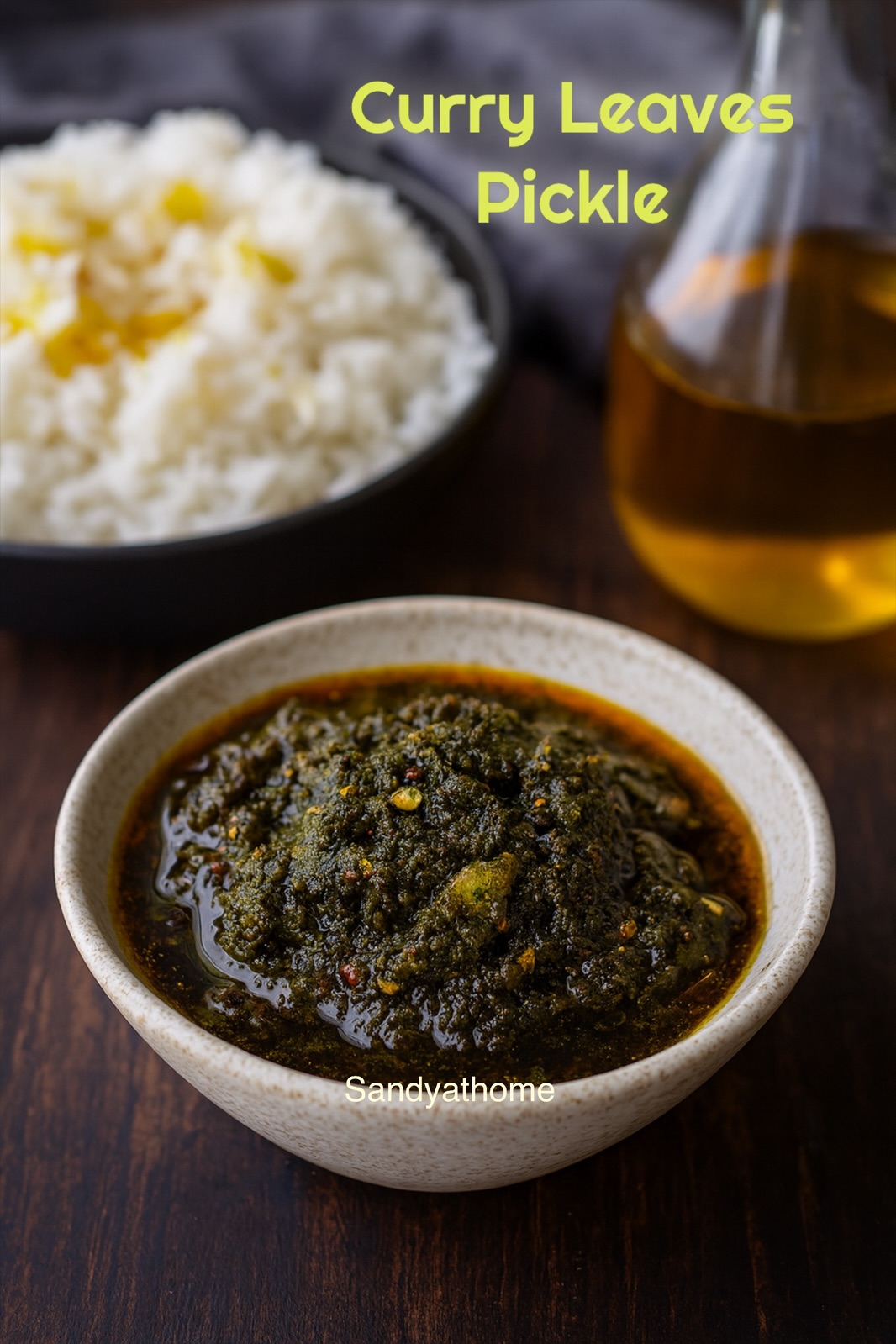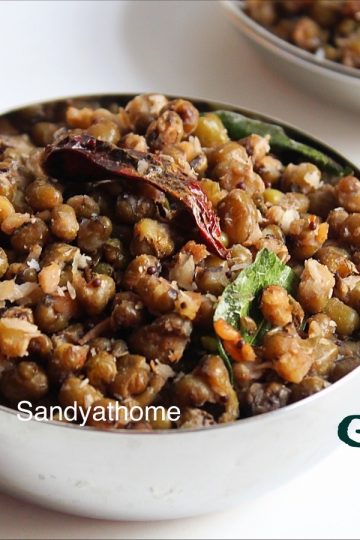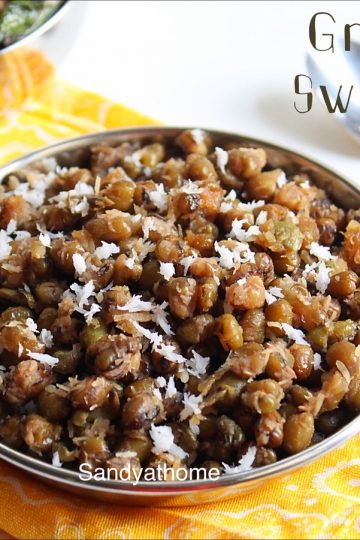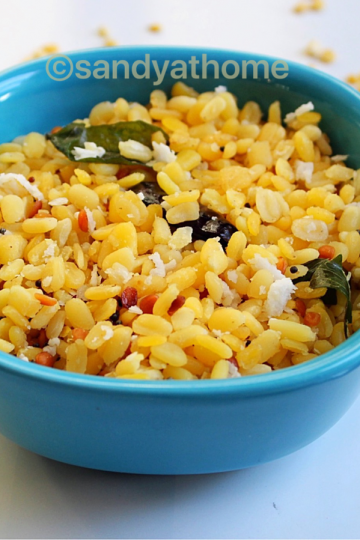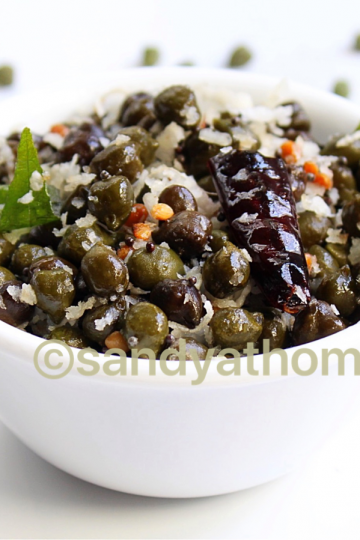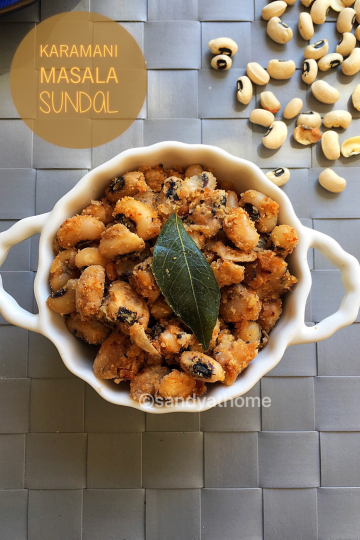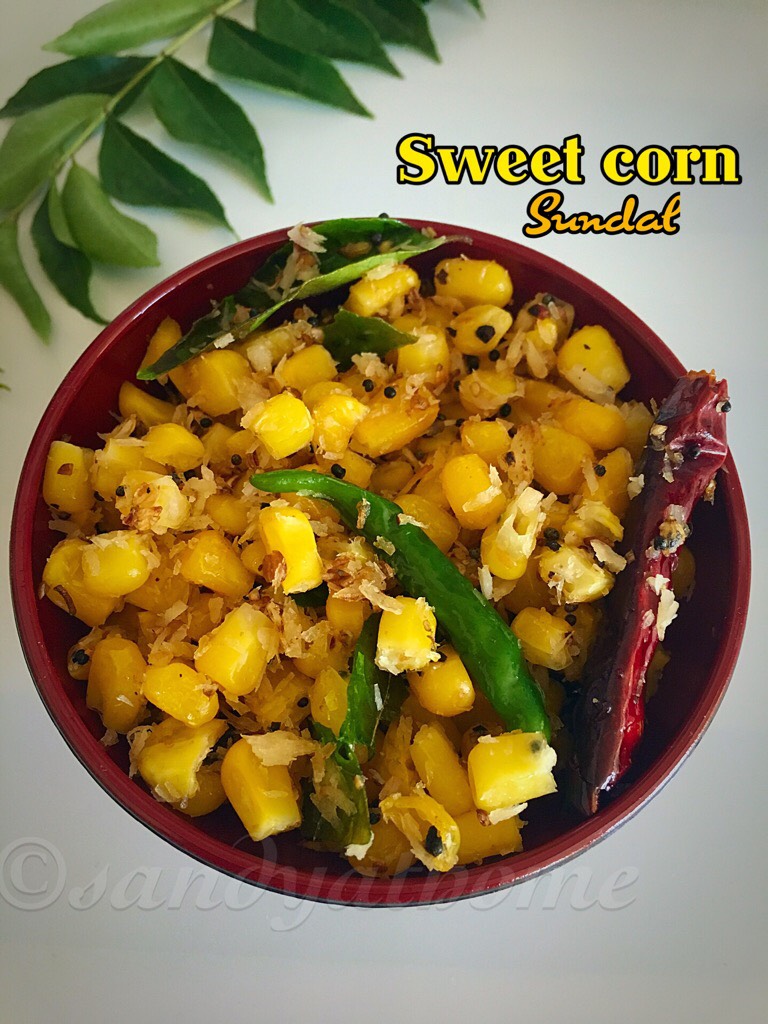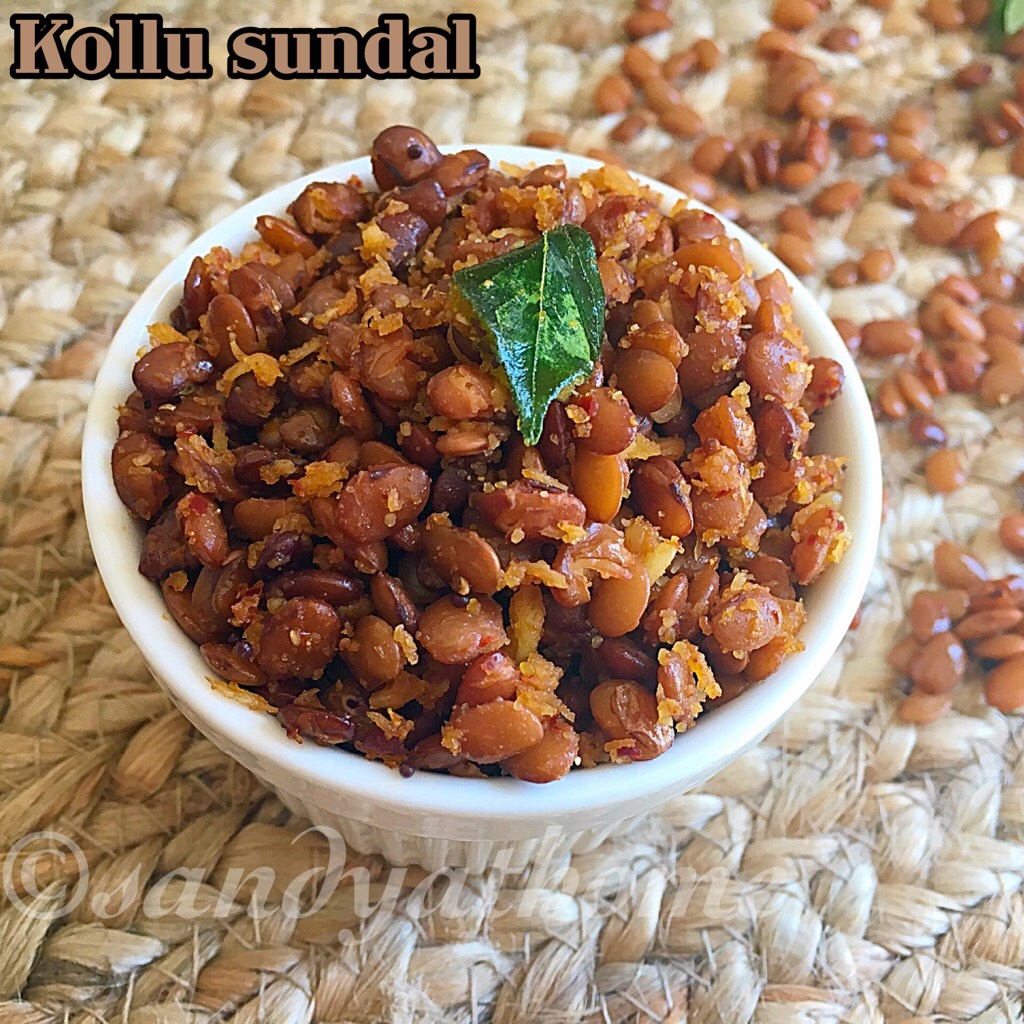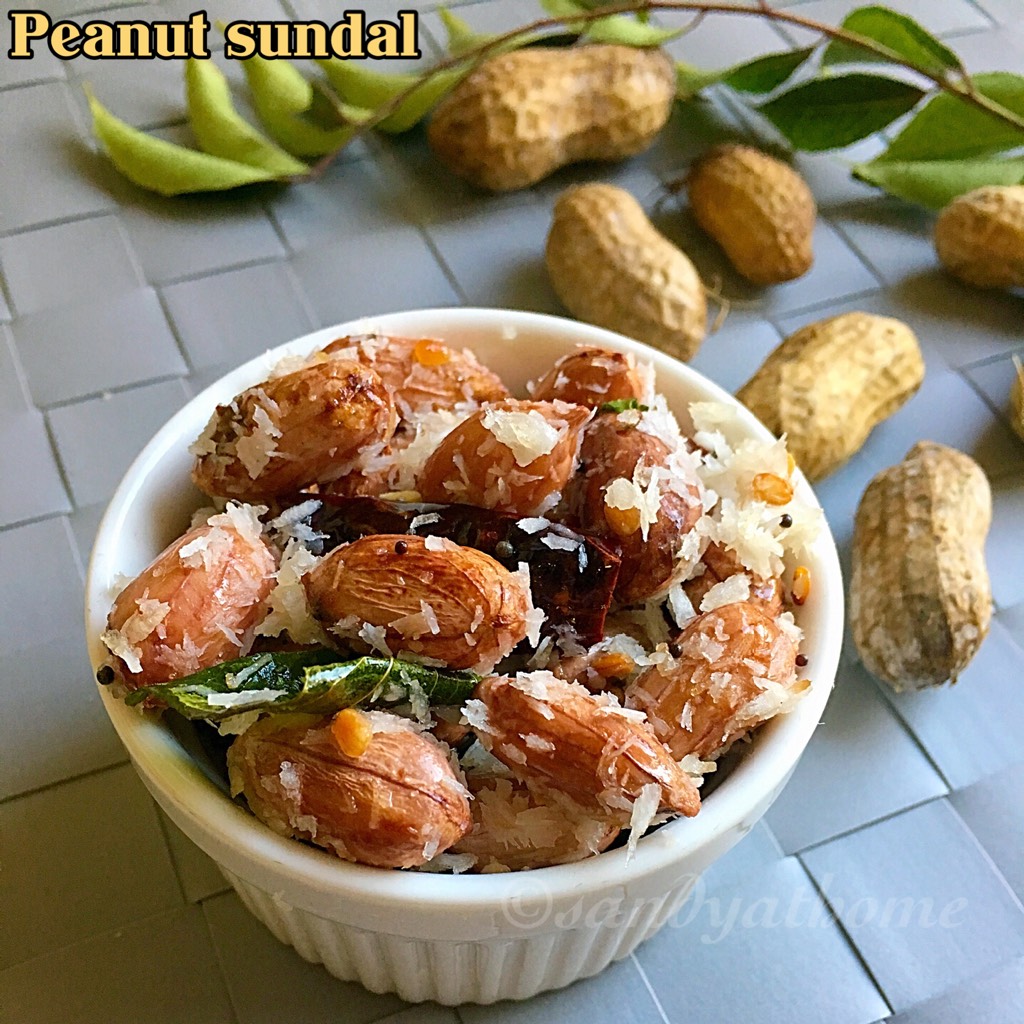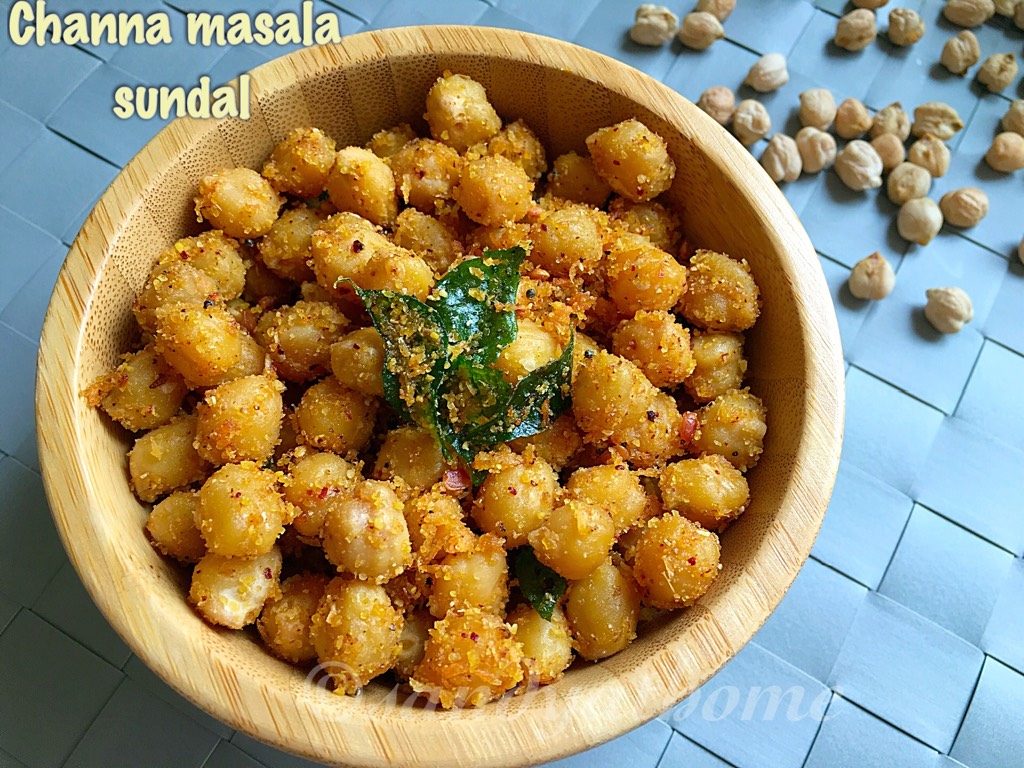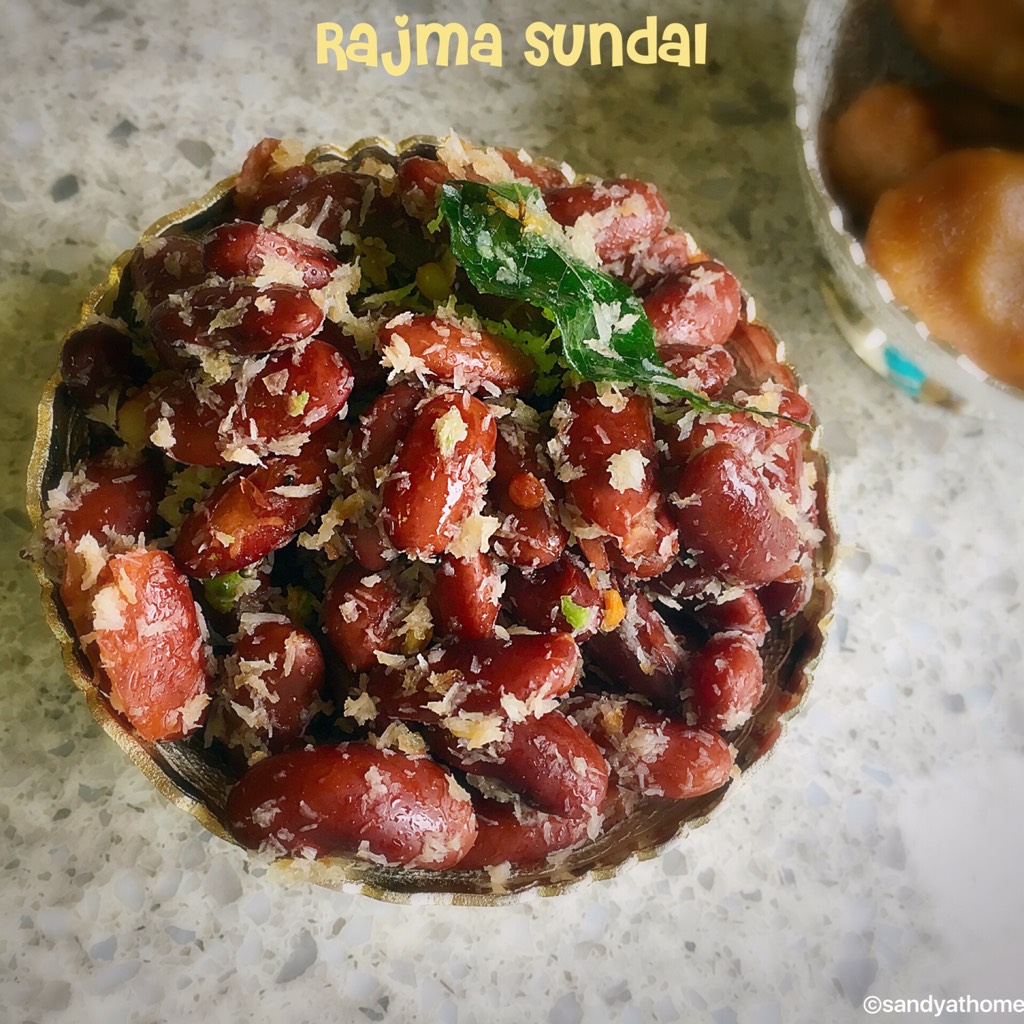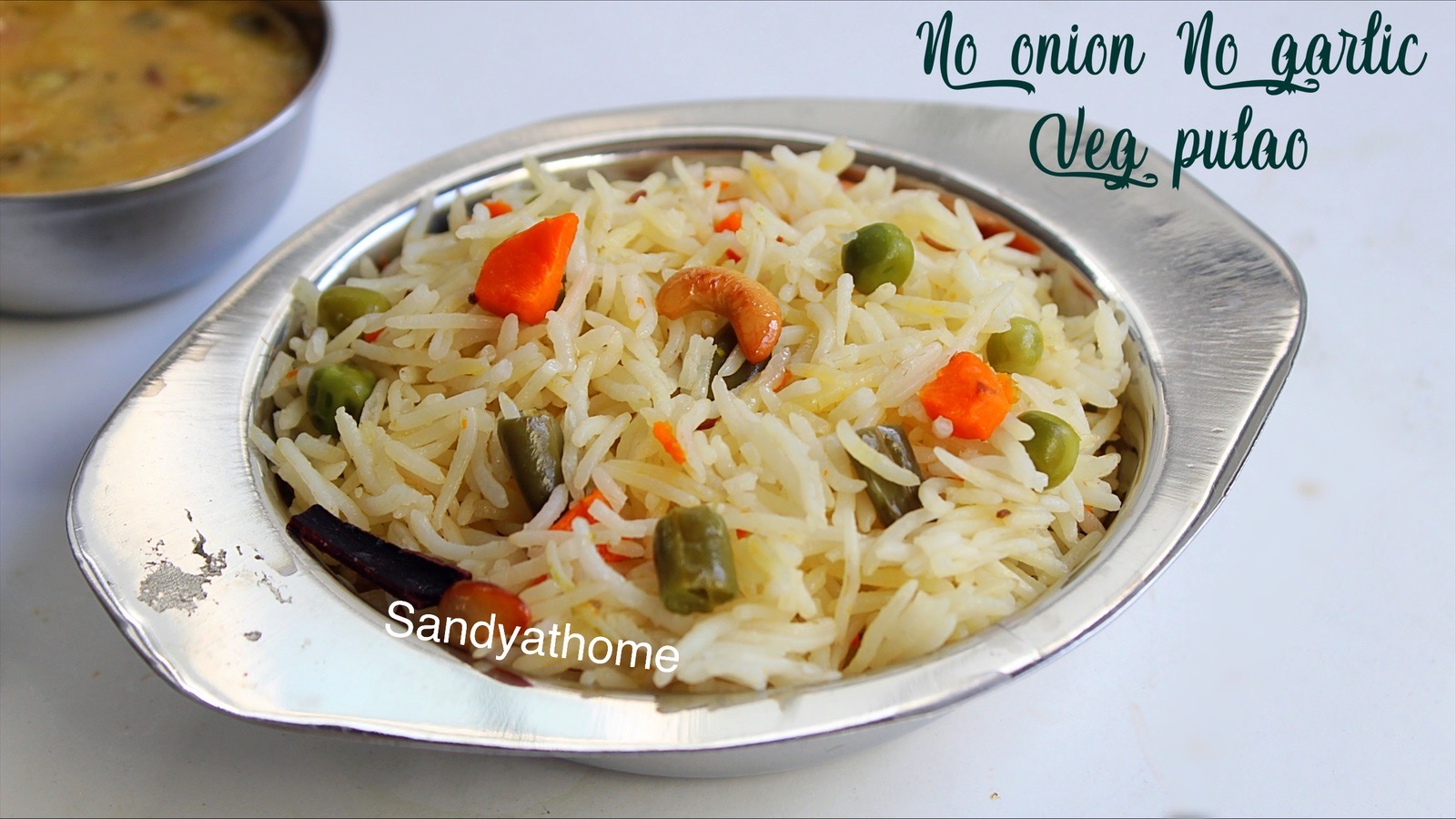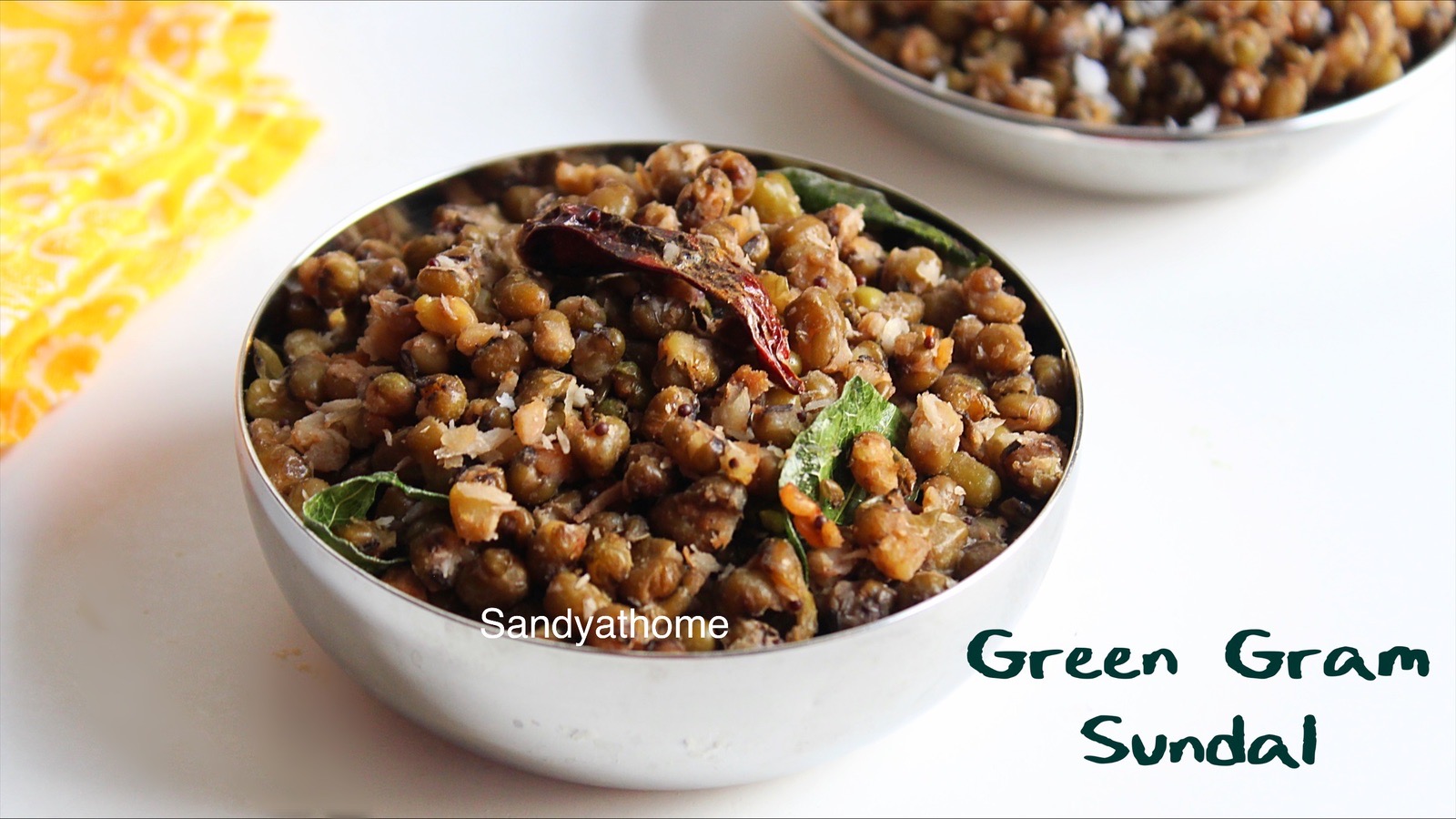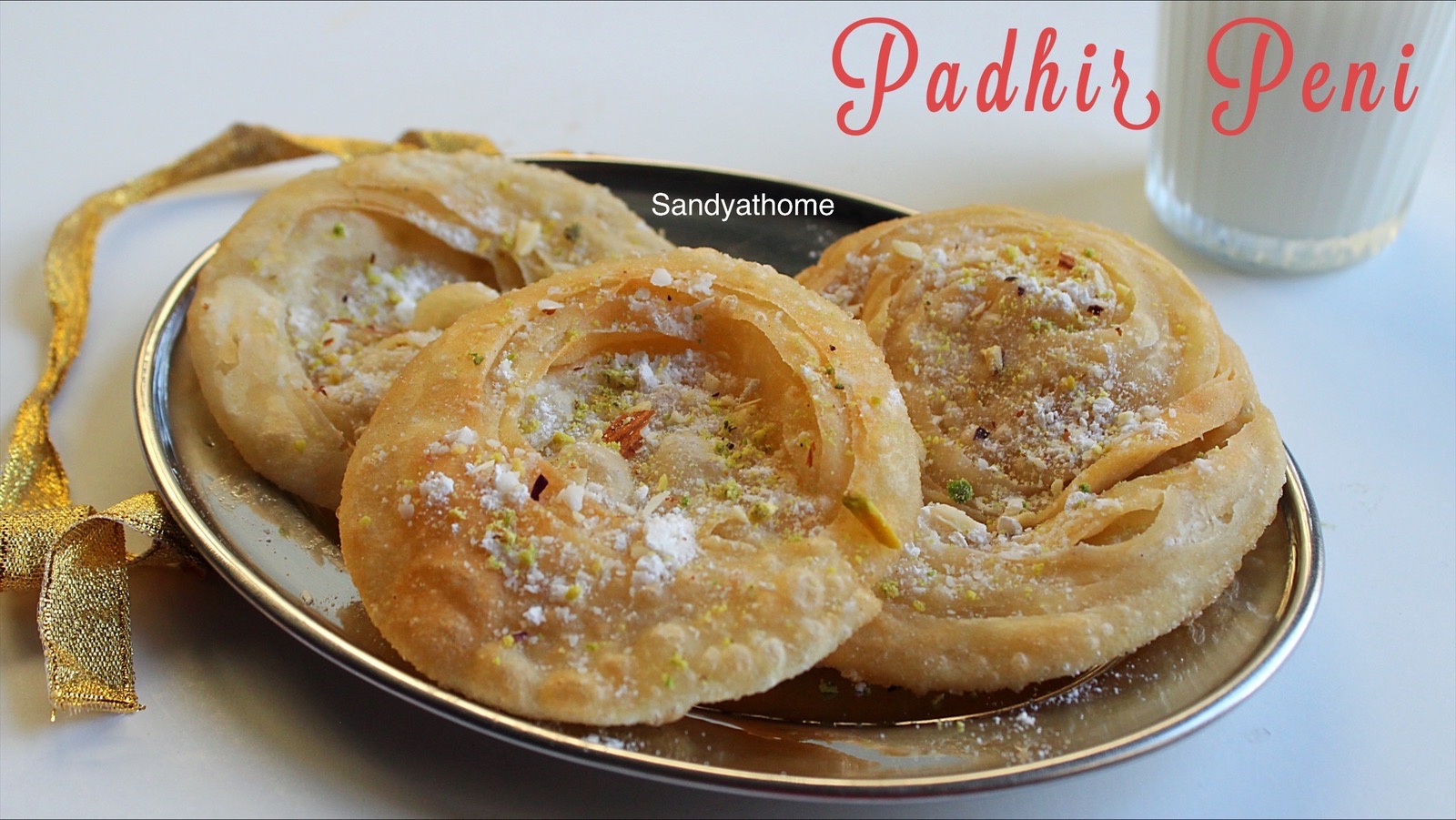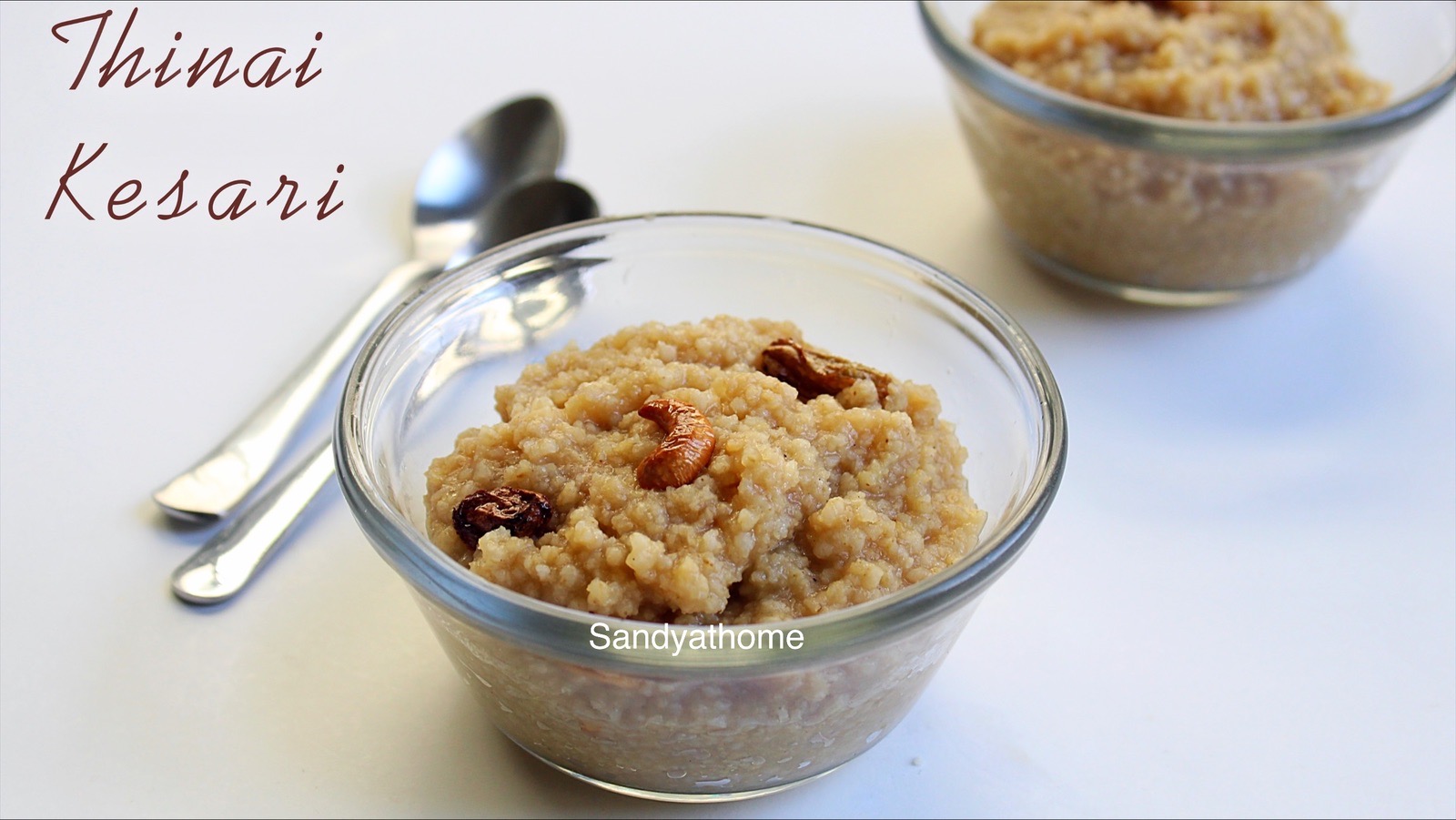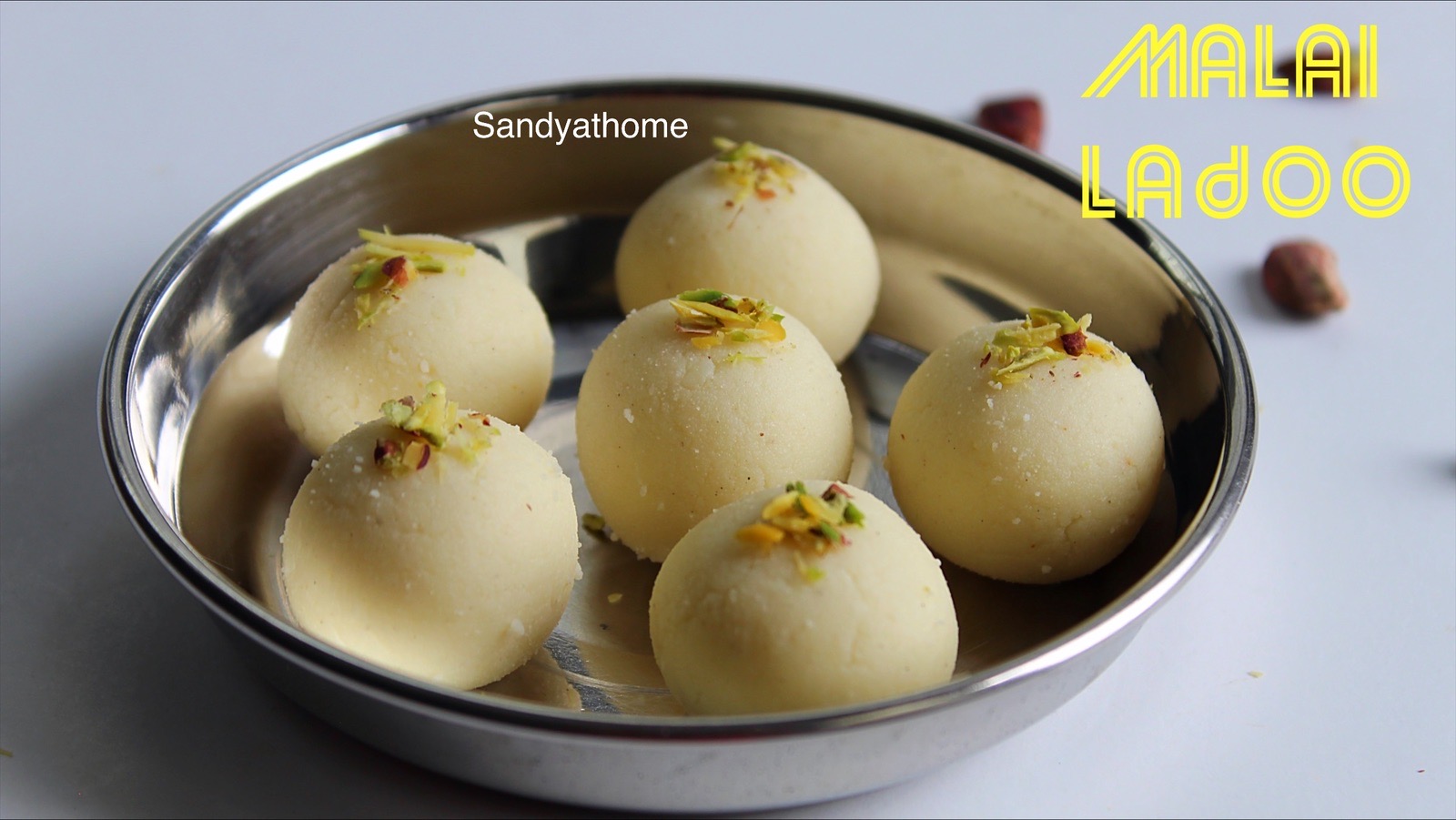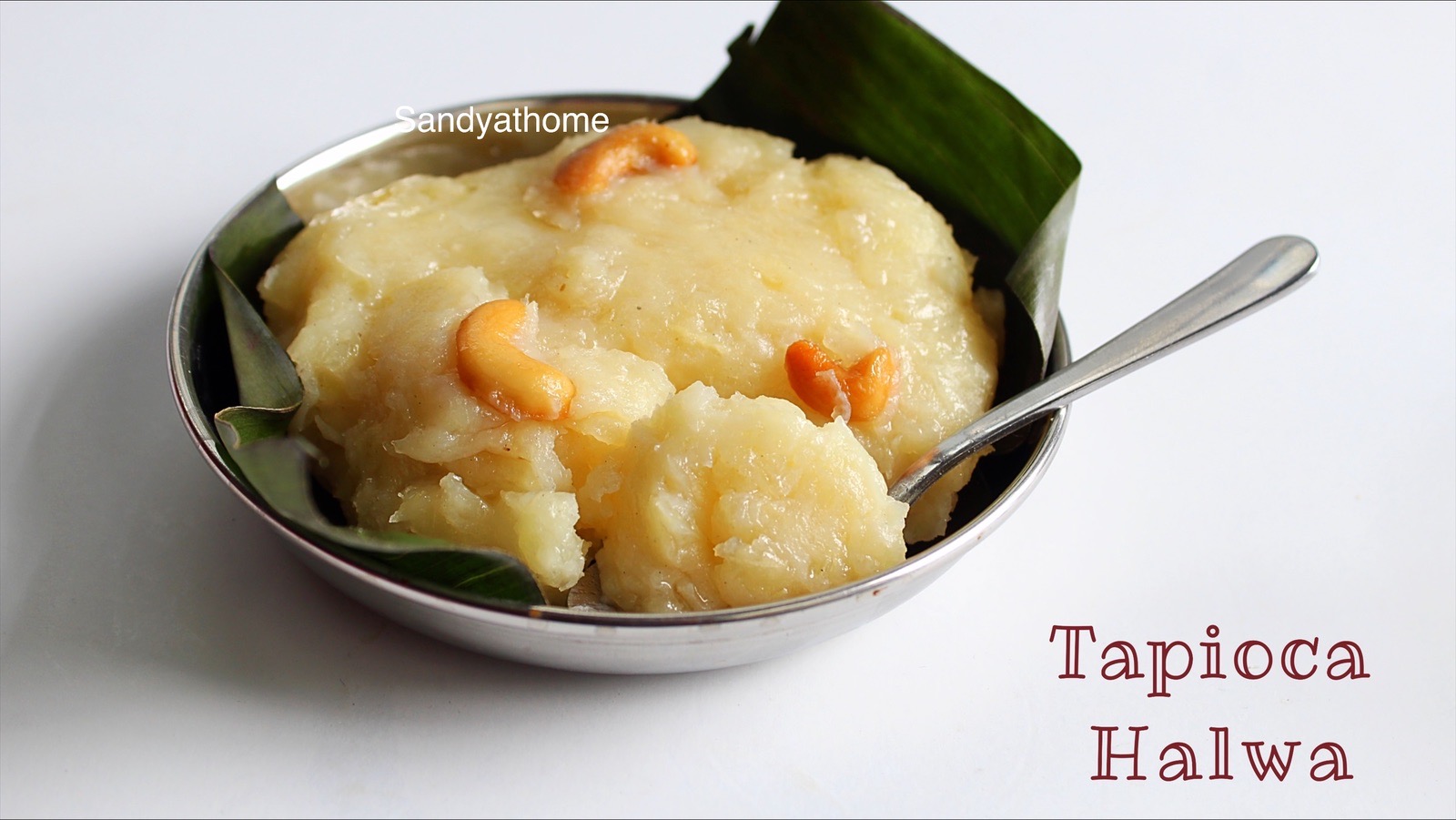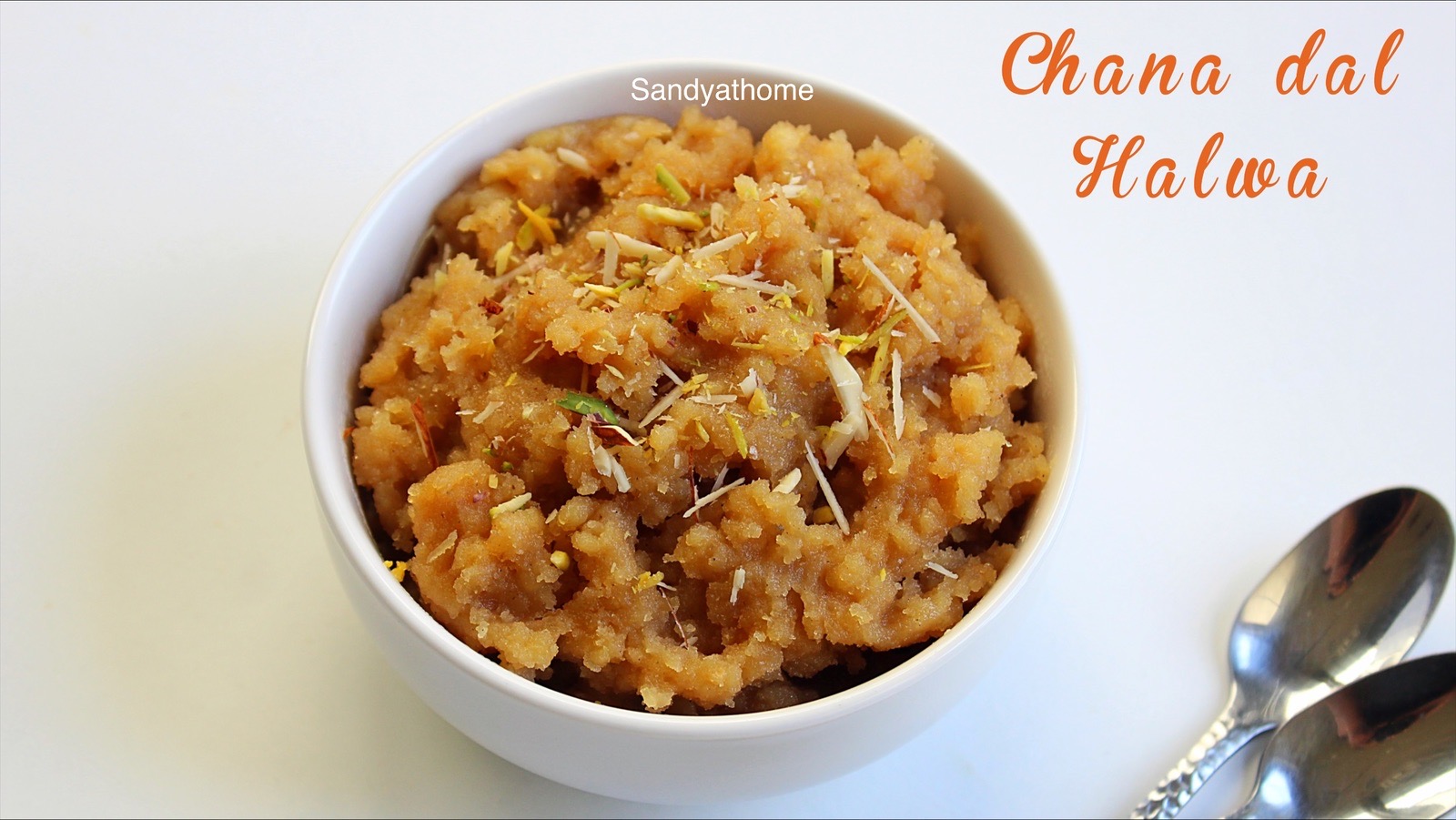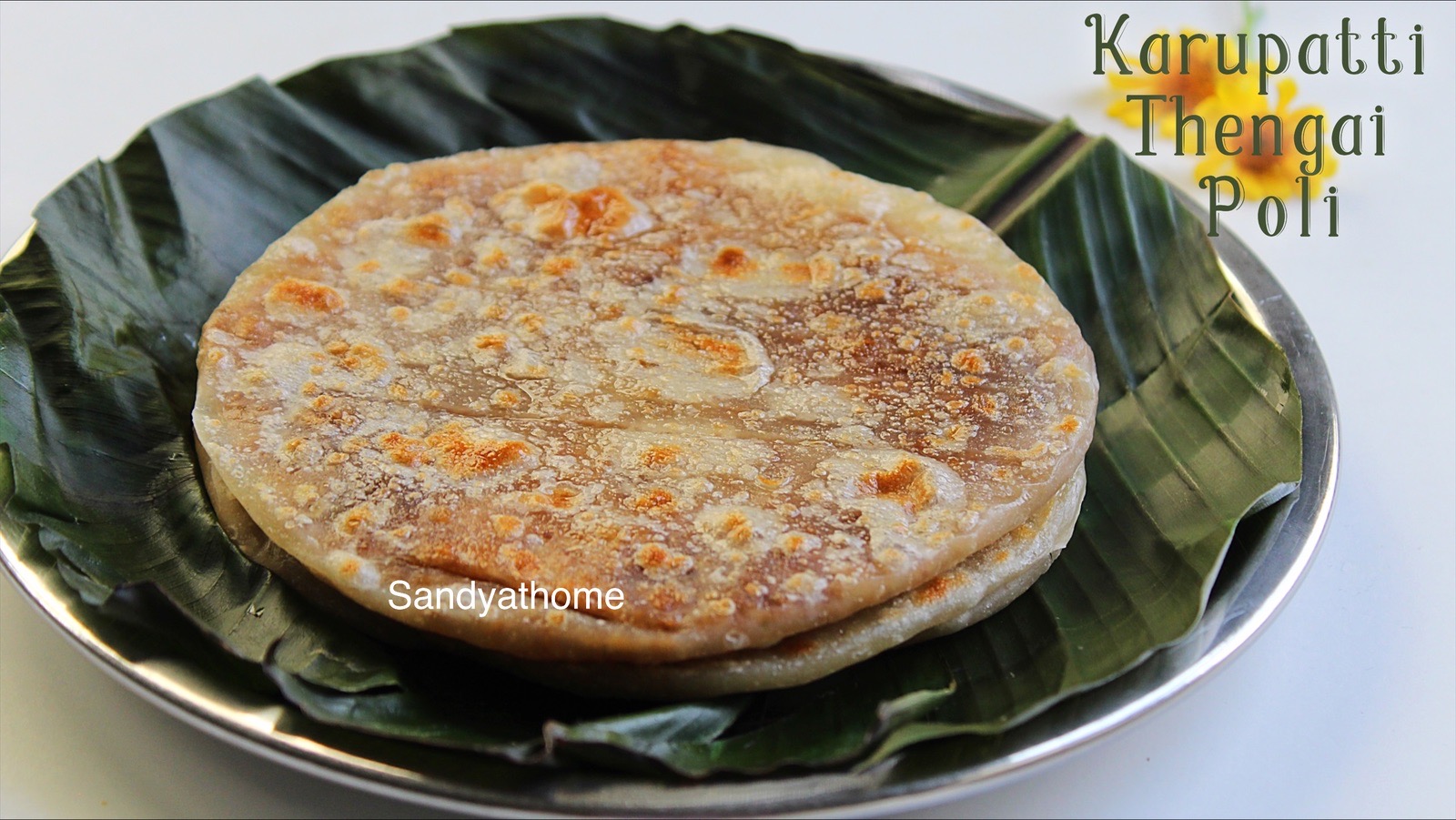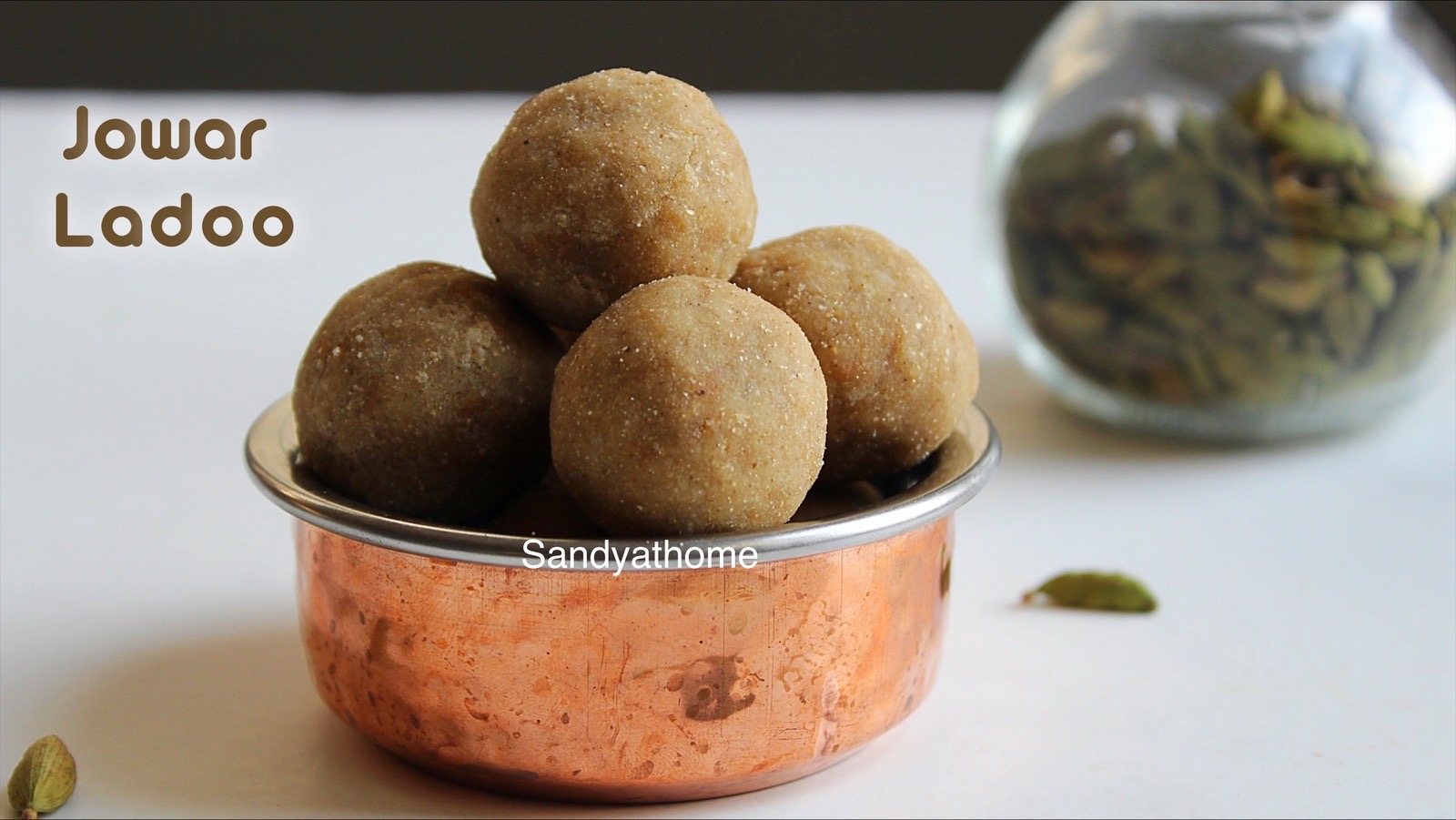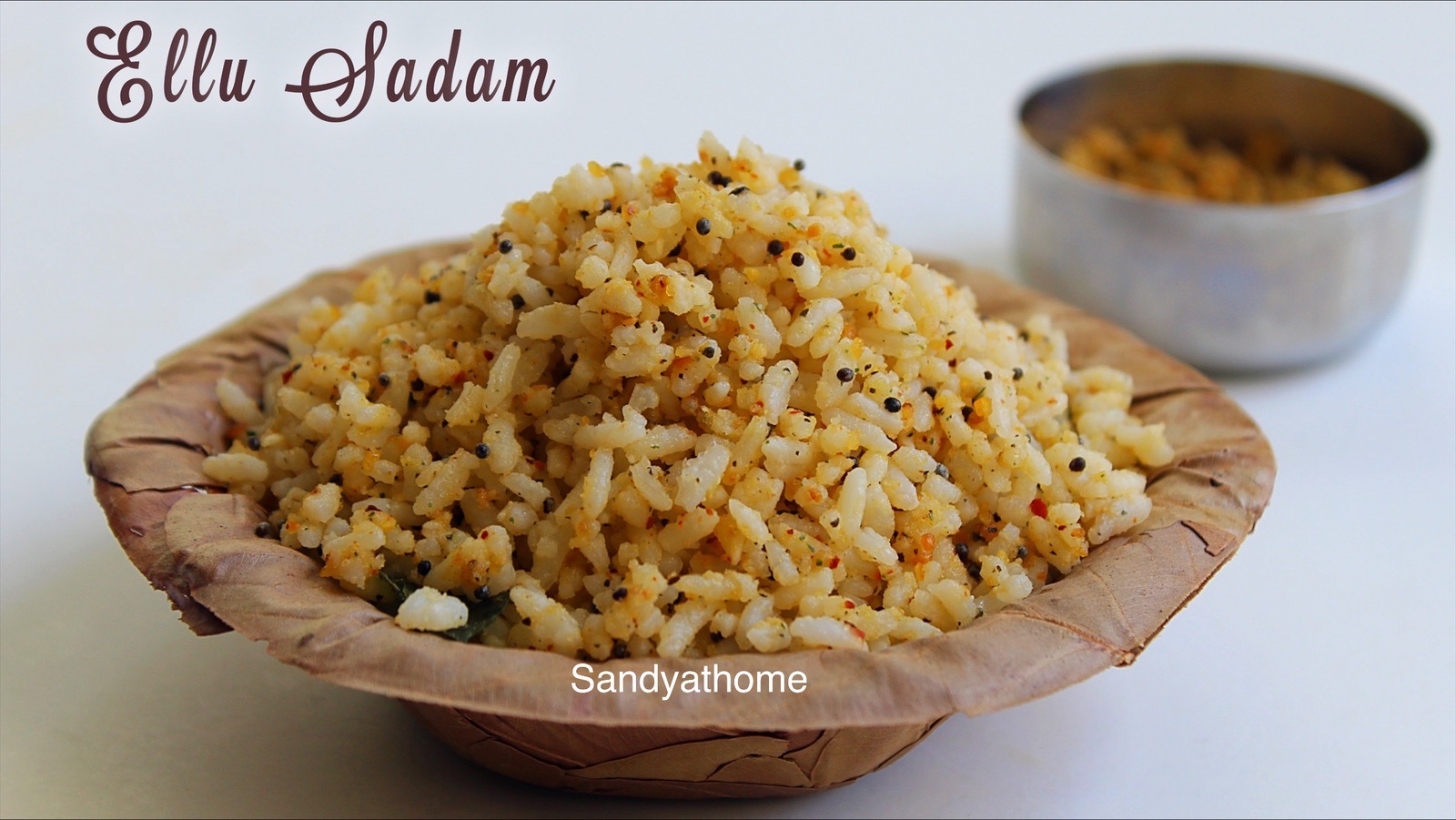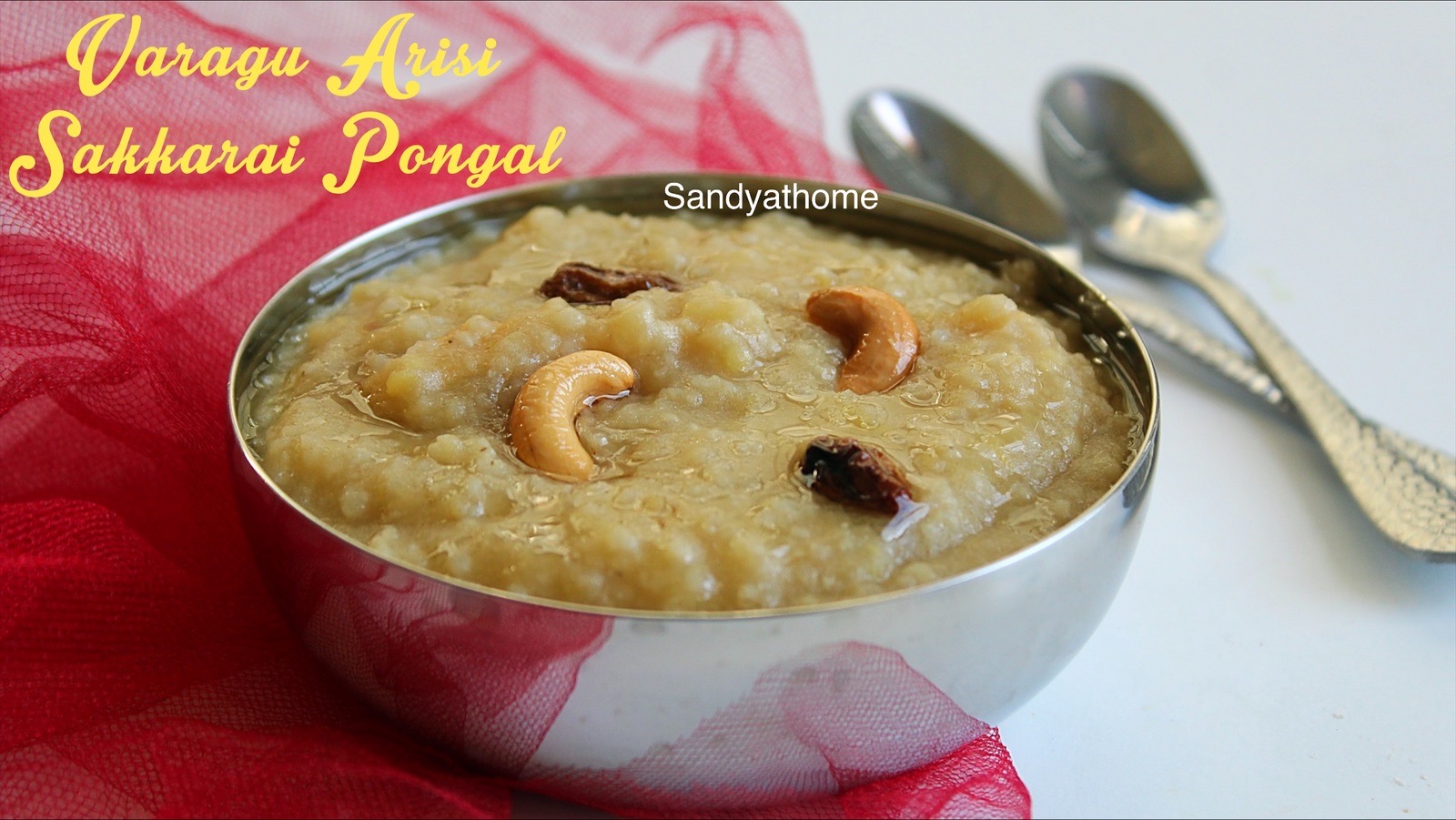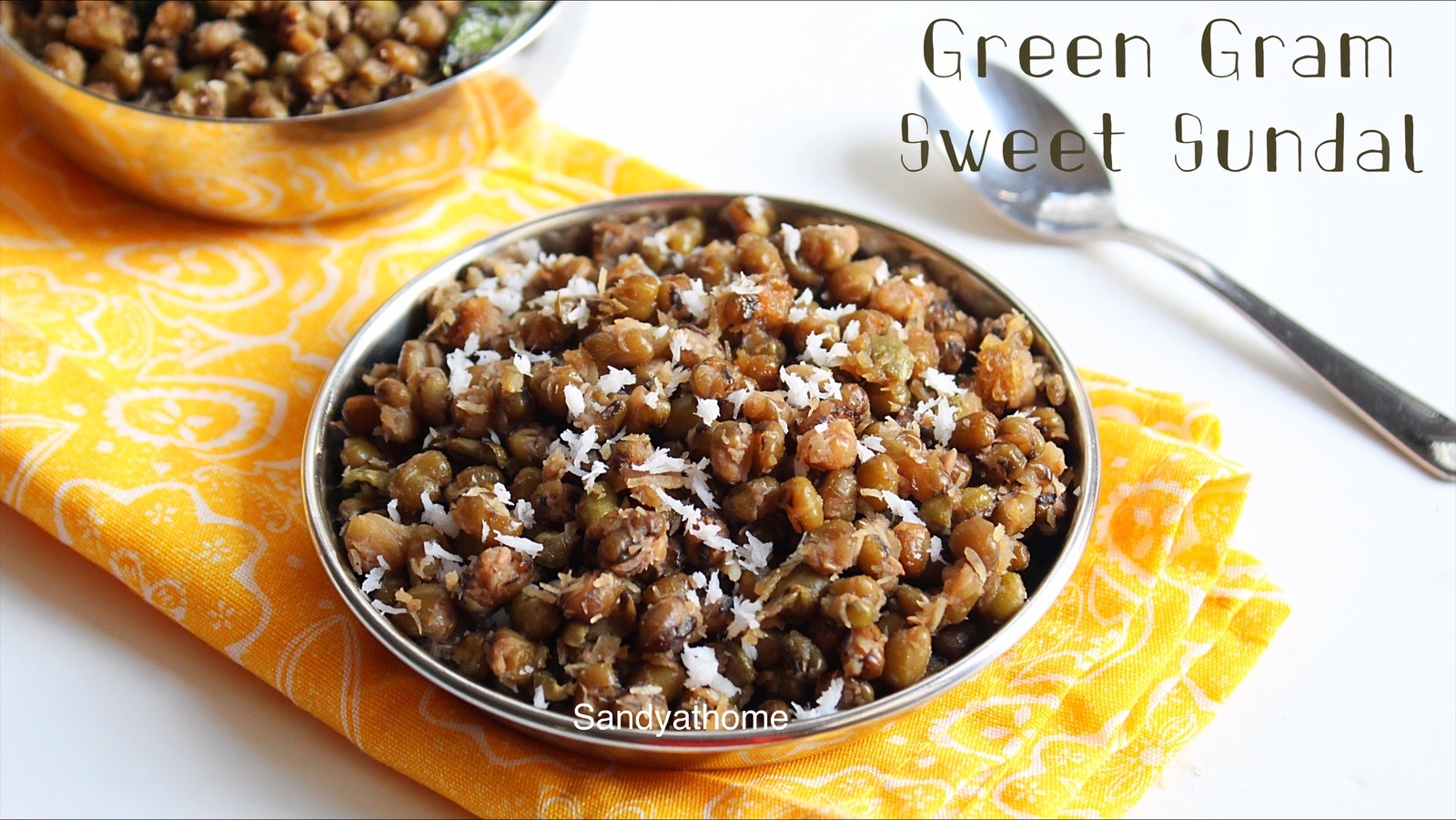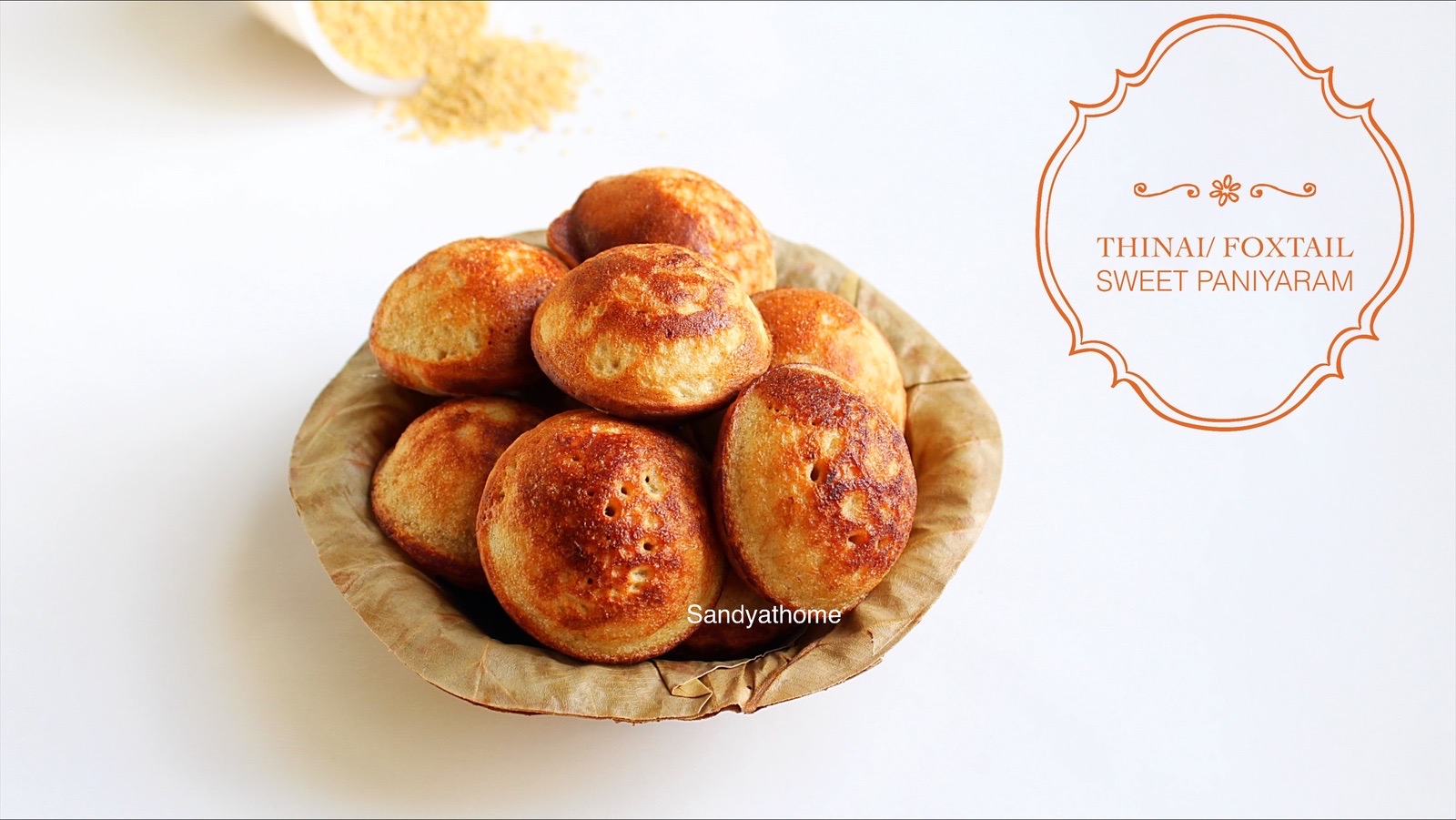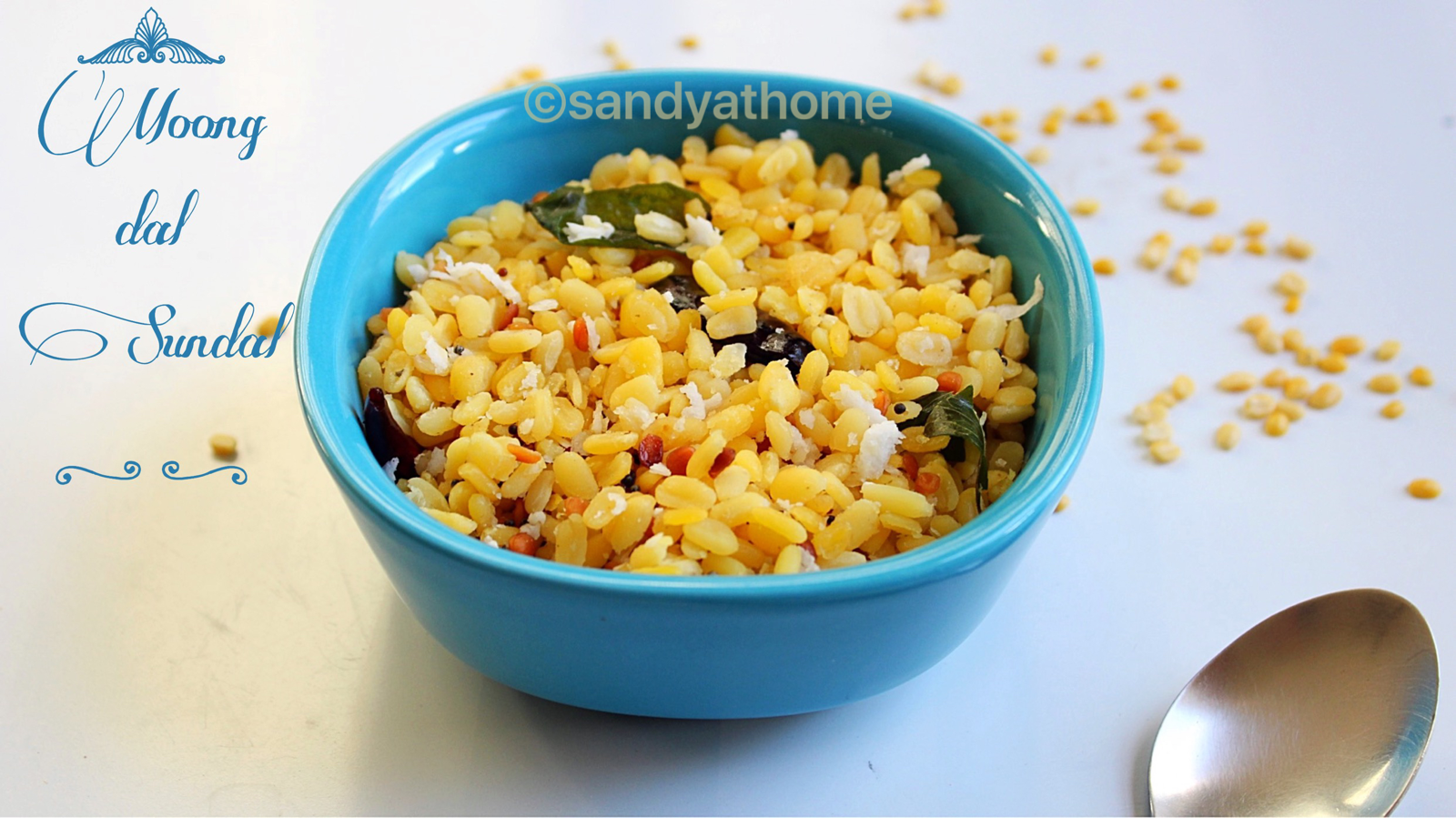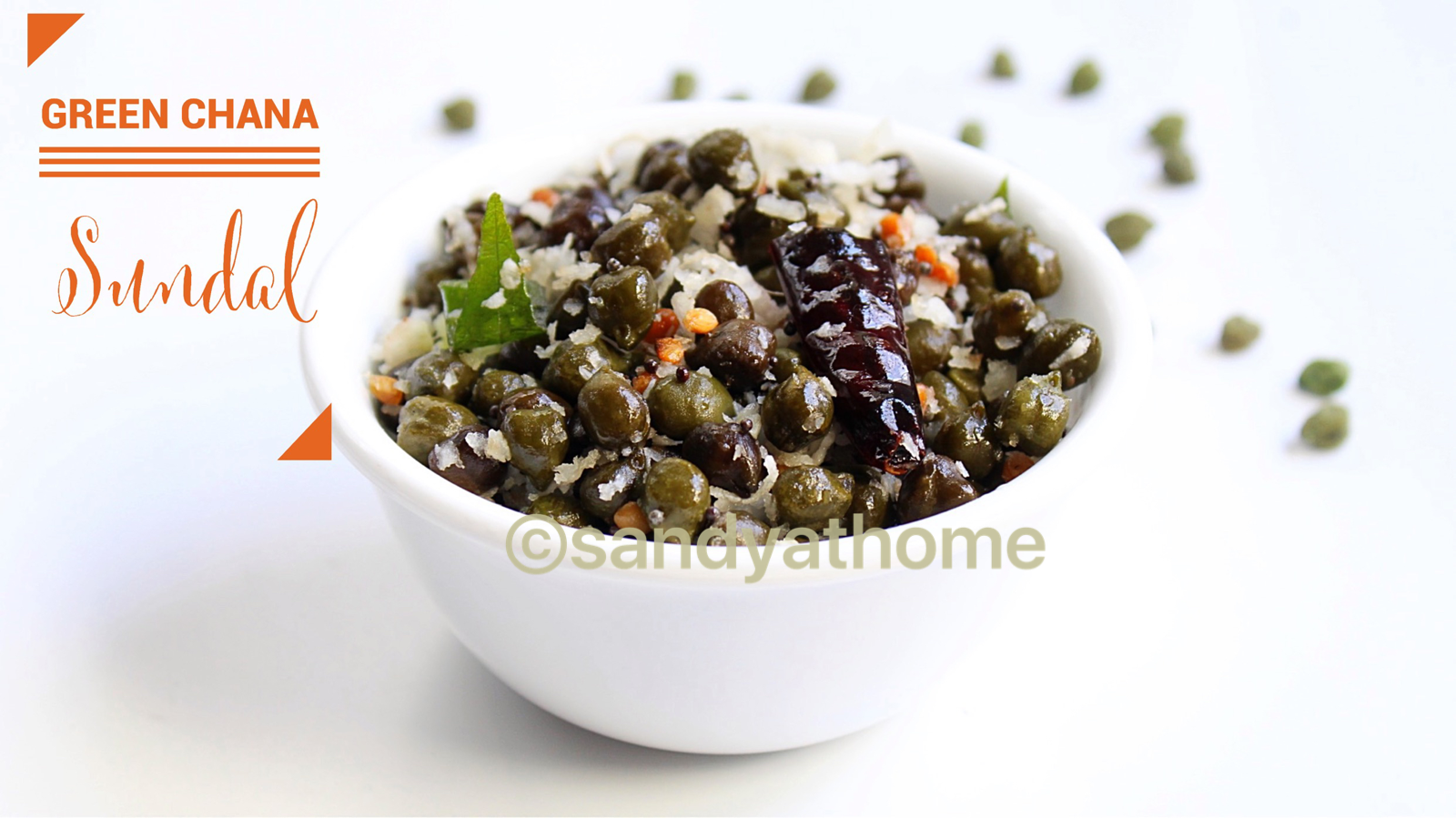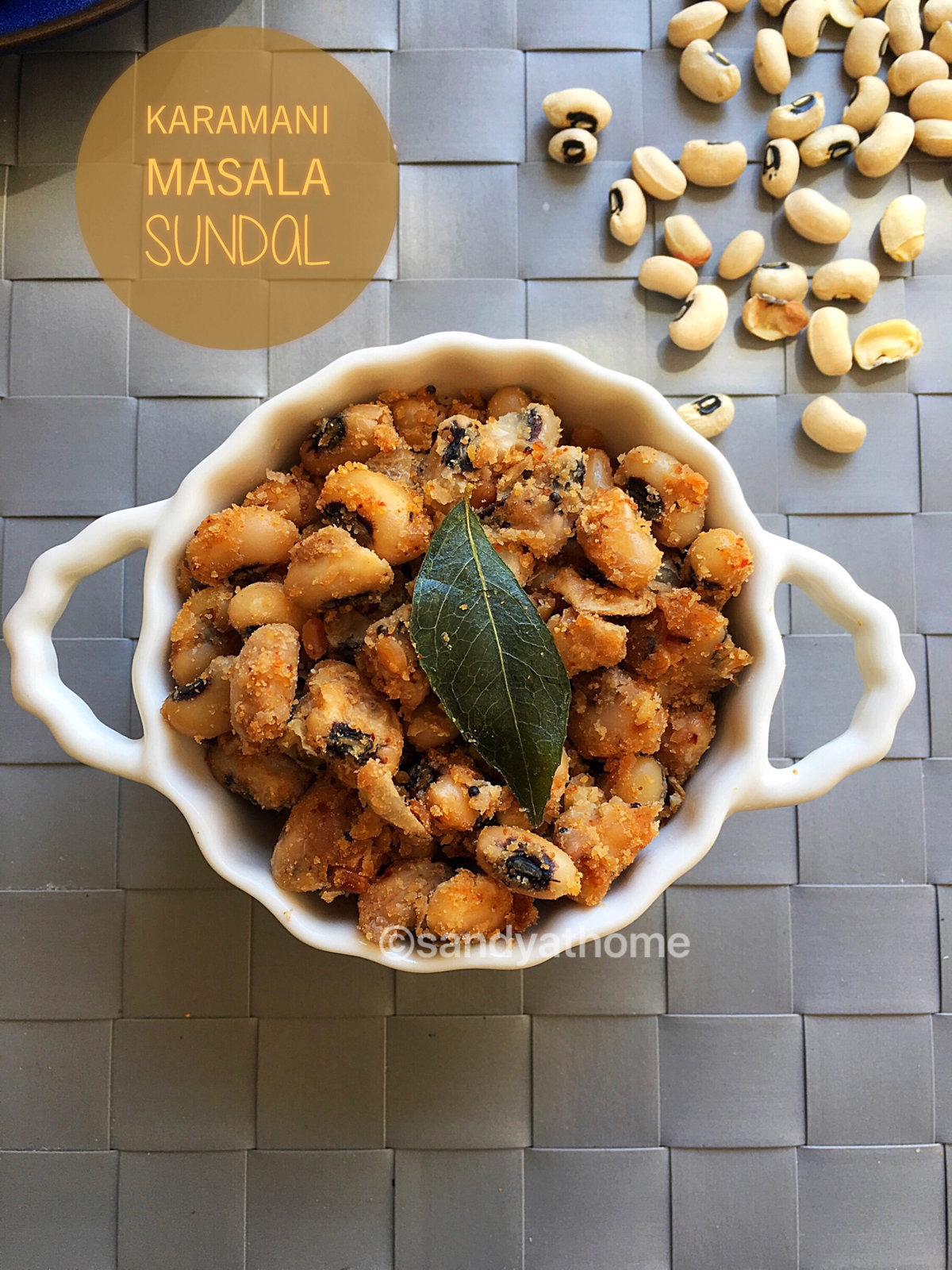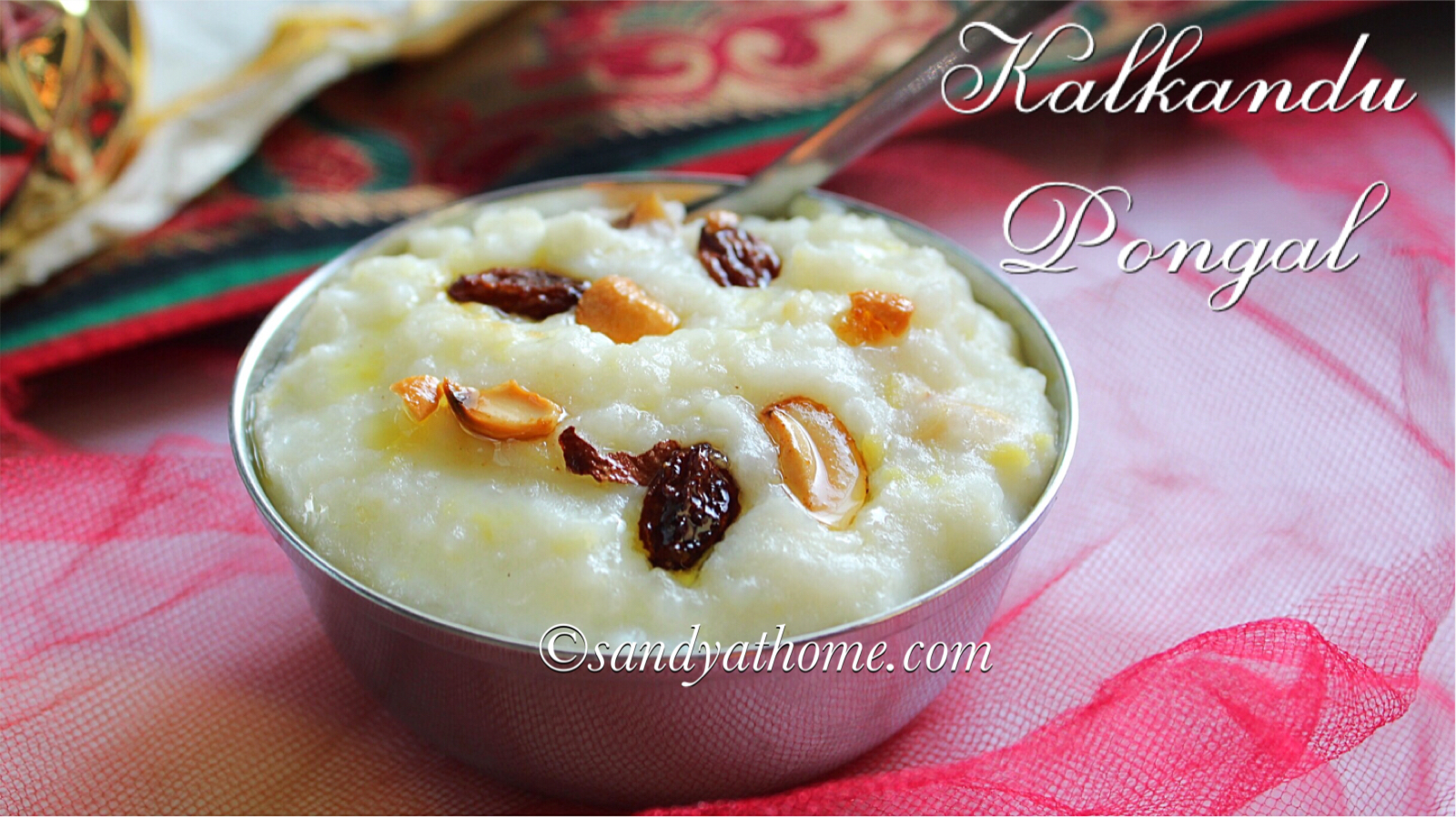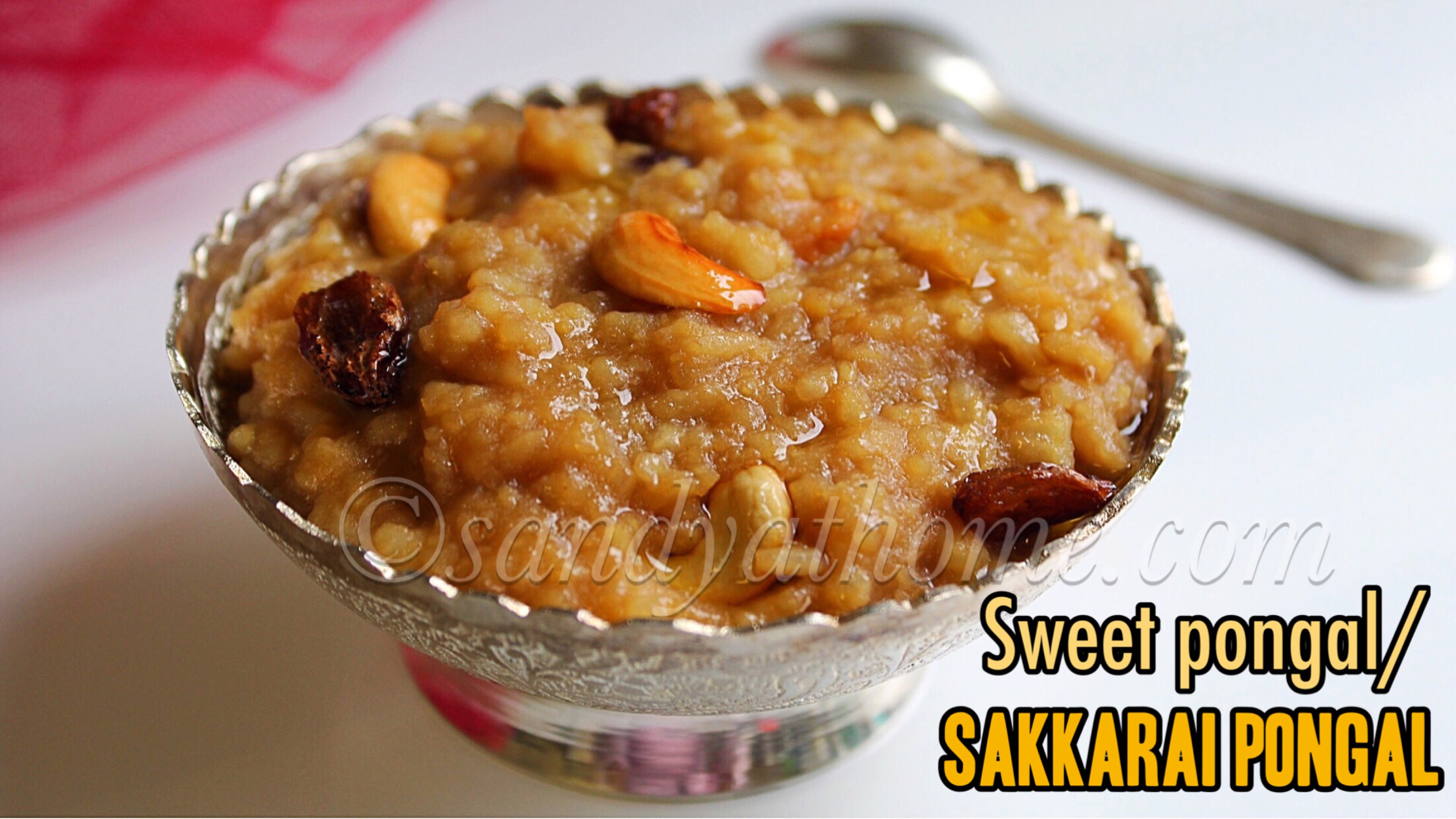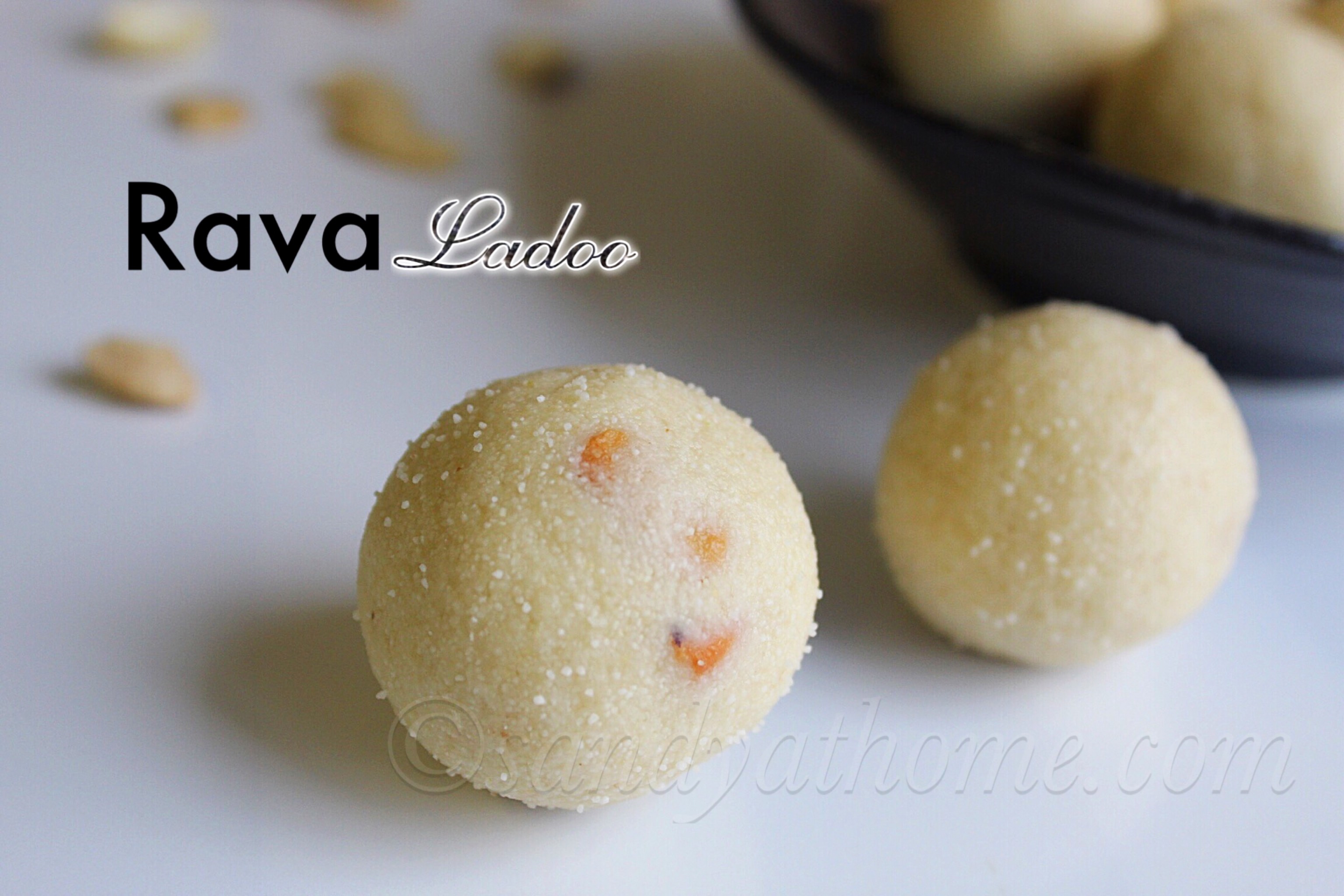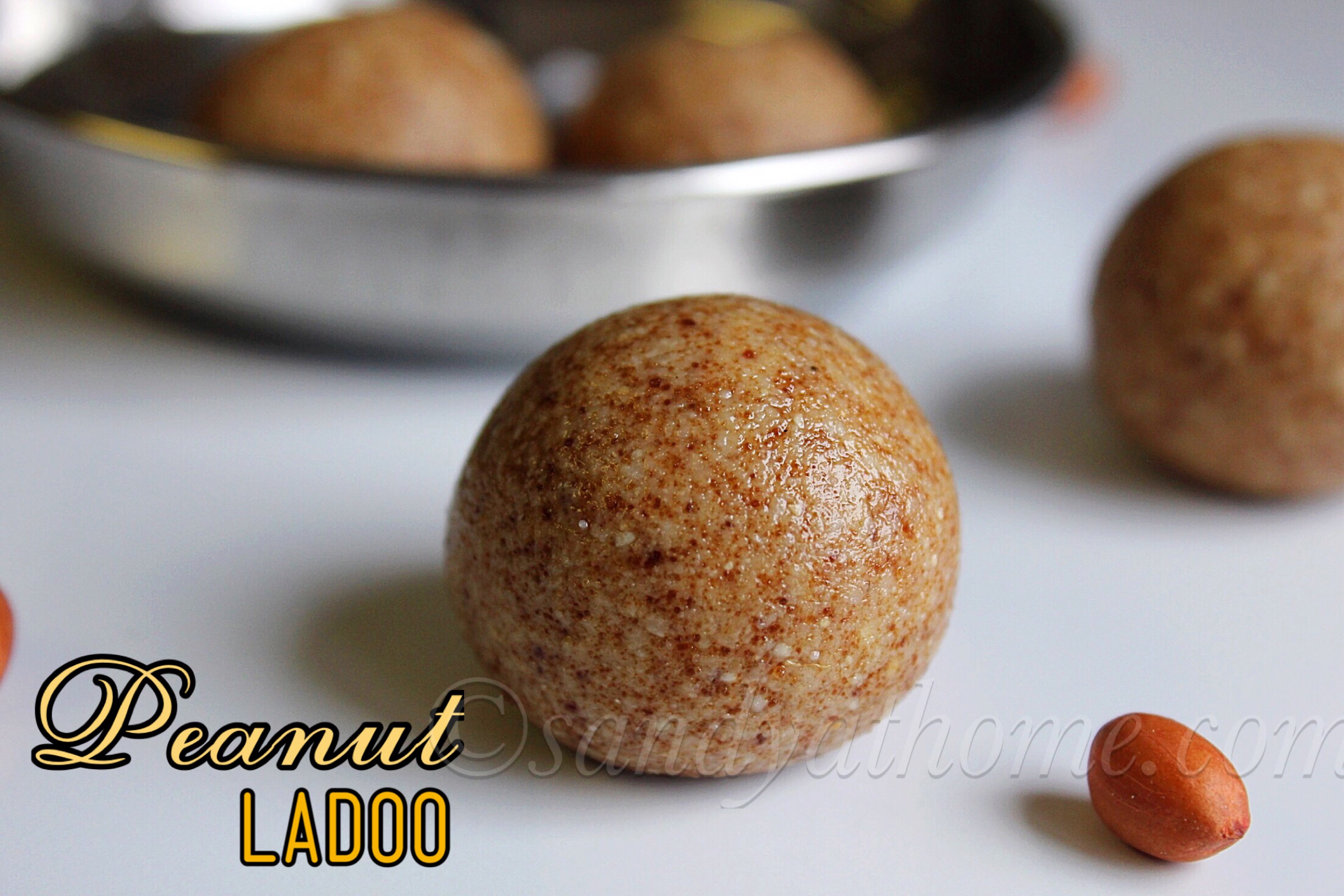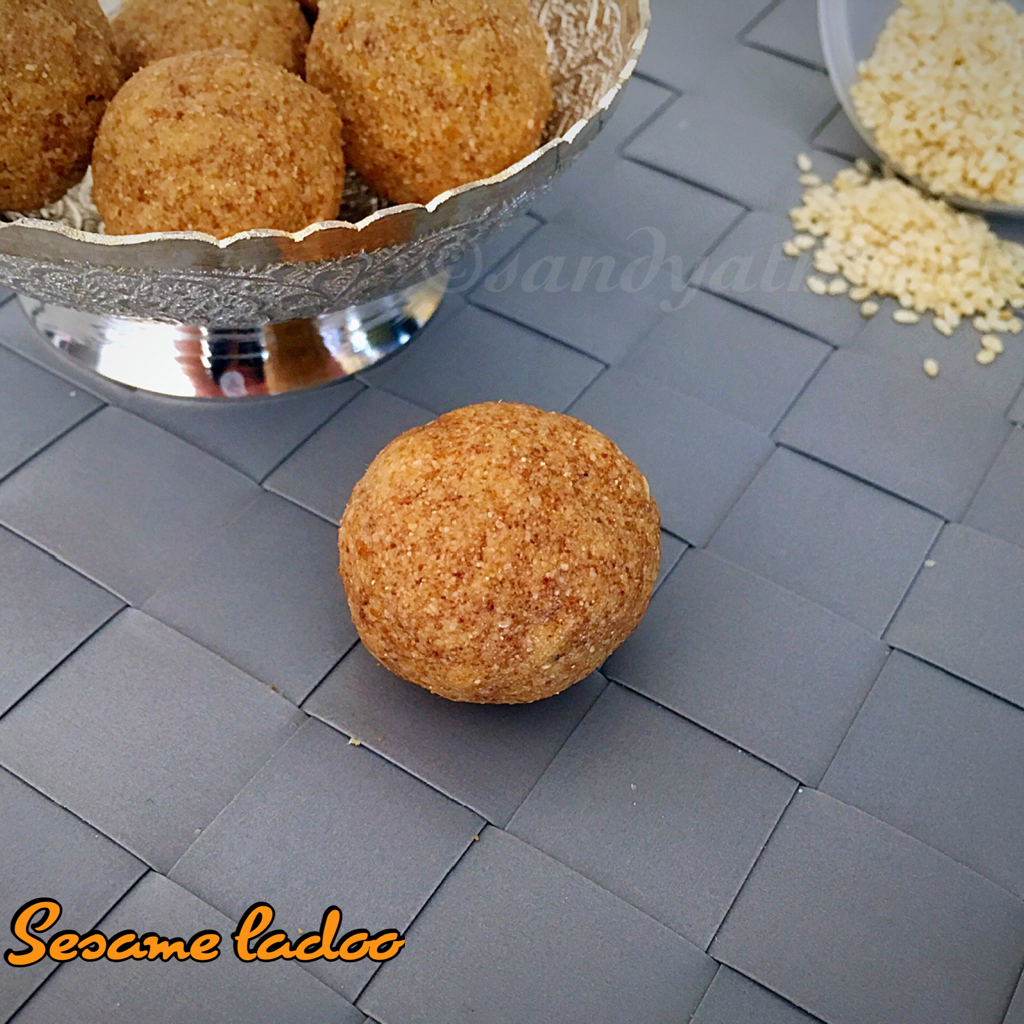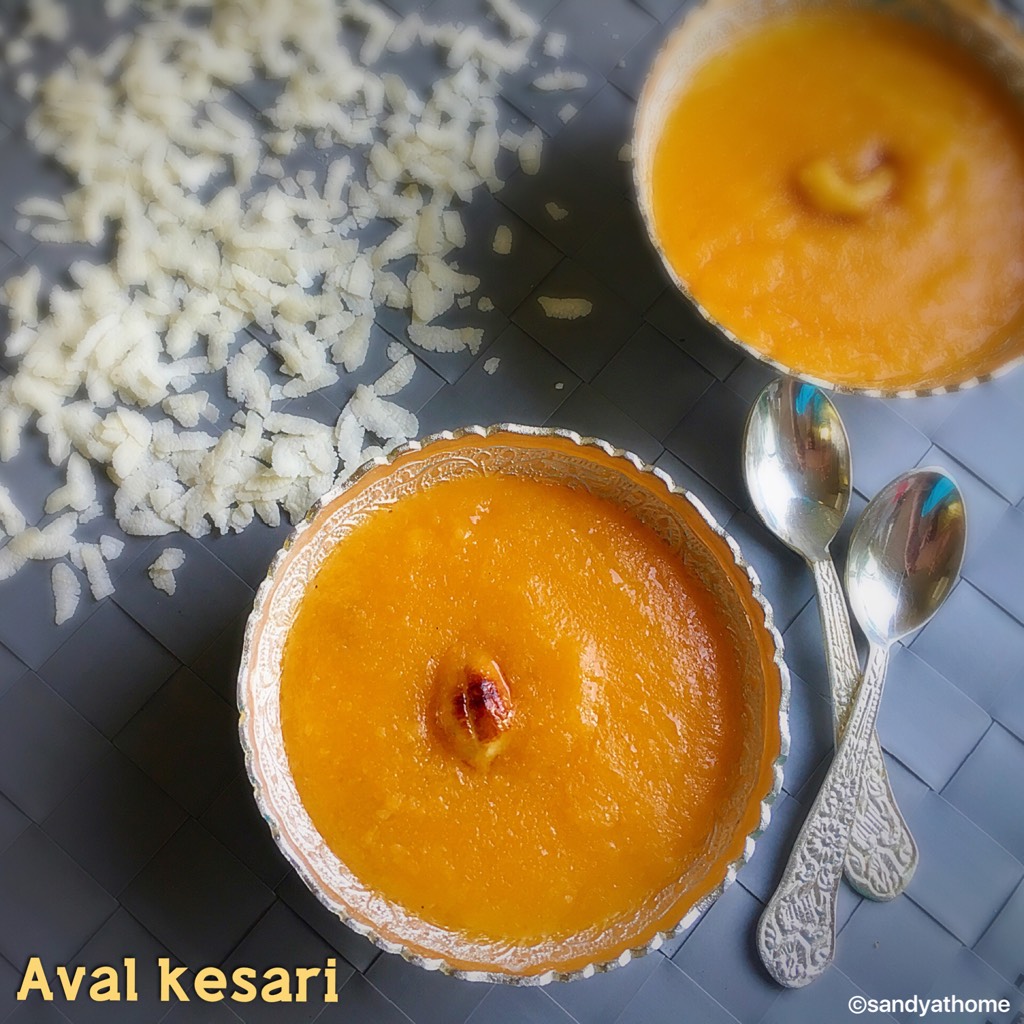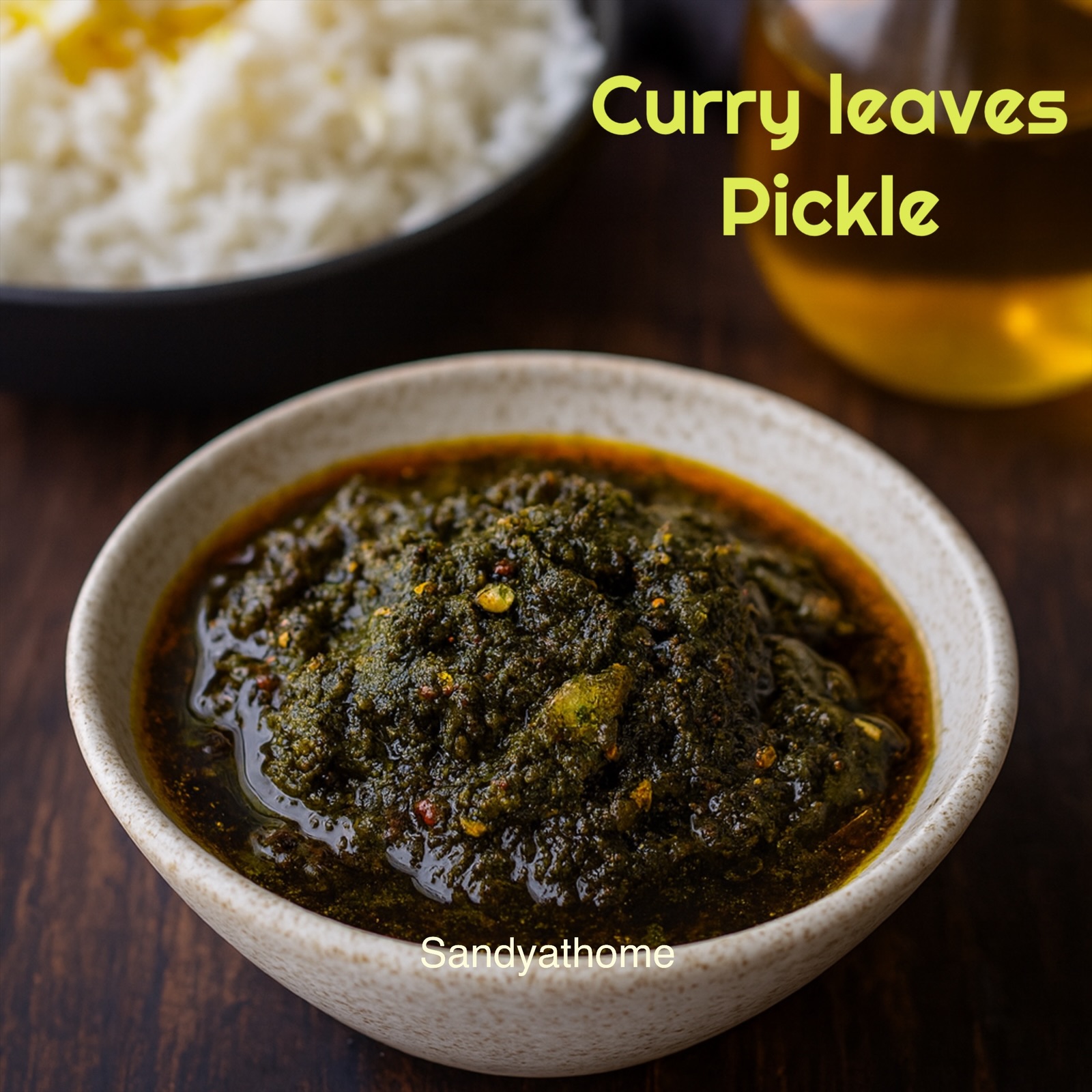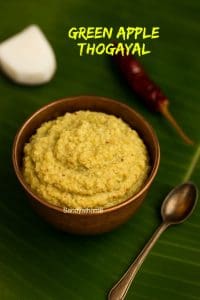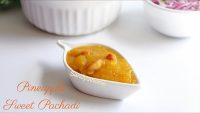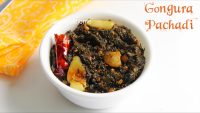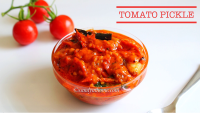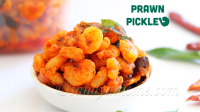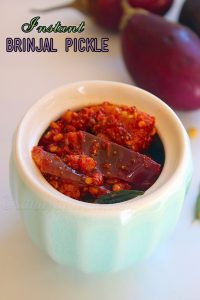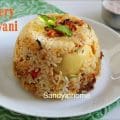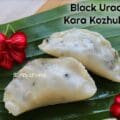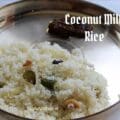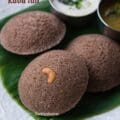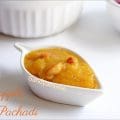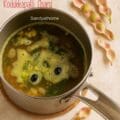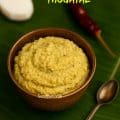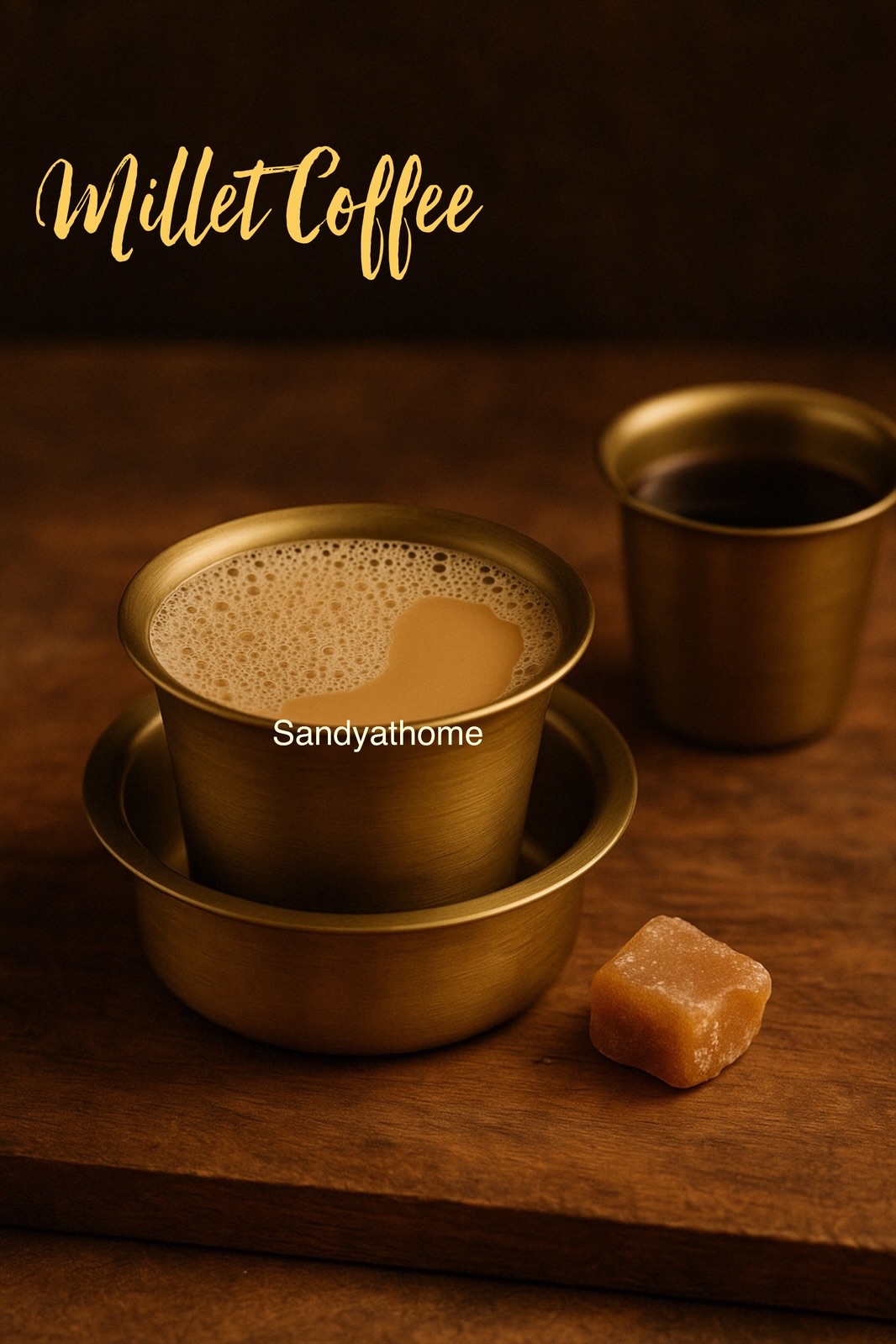Curry Leaves Pickle, also known as Karuveppilai Nilvu Pachadi or Karivepaku Pachadi, is bold, earthy, and tangy — with a balance of spice, slight bitterness, and the glossy richness of gingelly oil. At my grandmother’s house, fresh curry leaves were always within reach. The garden had a tall, lush curry leaf tree, and plucking those vibrant green sprigs was almost a ritual before every meal. The aroma of freshly picked leaves is something I can never forget — earthy, strong, and comforting. They are celebrated in Ayurveda for aiding digestion, strengthening hair, and bringing balance to the body.
That memory lives in this Curry Leaves Pickle / Karivepaku Nilvu Pachadi / Karuveppilai Oorugai, where the humble leaf is transformed into a long-lasting pachadi. Unlike the everyday chutneys that must be eaten fresh, nilavu pachadis are slow-cooked in gingelly oil until all the rawness disappears and the mixture thickens into a rich, glossy paste.
Spoon it over steaming hot rice with a drizzle of ghee, pair it with curd rice for a comforting end to a meal, or serve it alongside dosa and idli for an earthy twist. Every bite carries the bold aroma of curry leaves and the wisdom of our grandmothers who knew how to preserve nature’s goodness with patience and care.
Bite of History – Curry Leaves Pickle
Curry leaves (Murraya koenigii) have been part of South Indian kitchens and Ayurveda for centuries. Ancient Tamil texts mention “karuveppilai” as a staple flavoring leaf, while in Telugu households “karivepaku” was treasured for its medicinal value — believed to aid digestion, strengthen hair, and balance doshas.
Pickling curry leaves in the nilavu style goes back to a time when refrigerators did not exist. Families cooked the leaves with tamarind, spices, and gingelly oil until the mixture turned into a thick, glossy pachadi that could last for weeks, even months. This ensured that the goodness of curry leaves could be enjoyed every day — with rice, curd, or dosa — no matter the season.
Ingredient Roles in Karivepaku Nilvu Pachadi
| Ingredient | Role in the Pickle |
|---|---|
| Curry leaves | Hero ingredient; gives earthy aroma, bitterness, and medicinal value. |
| Tamarind | Adds tanginess; balances bitterness of the leaves. |
| Red chili powder | Provides heat and vibrant color. |
| Fenugreek seeds | Brings mild bitterness and depth; enhances preservation. |
| Mustard seeds | For tempering and a nutty punch. |
| Asafoetida (hing) | Boosts digestion; adds umami-like depth. |
| Cumin seeds (optional) | Warm, earthy undertone; balances tang. |
| Coriander seeds (optional) | Citrusy, nutty brightness that lifts flavor. |
| Sesame (gingelly) oil | Base for preservation; adds rich flavor and glossy texture. |
| Salt | Essential for taste and acts as a natural preservative. |
| Jaggery (optional) | Balances bitterness; rounds off flavor profile. |
You May Also Like these Recipes:
Directions to make KARUVEPPILAI THOGAYAL WITH STEP BY STEP IMAGES
- Roast the spices
Add mustard, fenugreek, coriander, and cumin seeds.
Dry roast until they turn golden brown and aromatic. Remove from kadai and cool.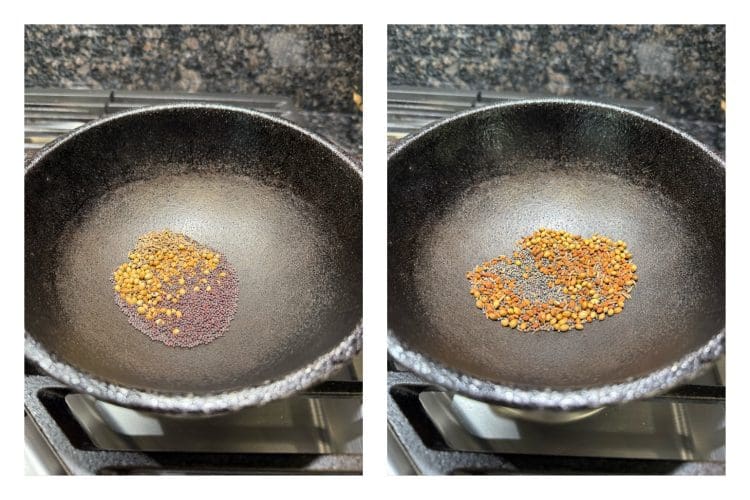
- Roast red chilies and tamarind
Add 2 tablespoon oil add dried red chilies. Roast till crisp, then add tamarind pieces and roast until slightly charred. Remove from kadai and cool.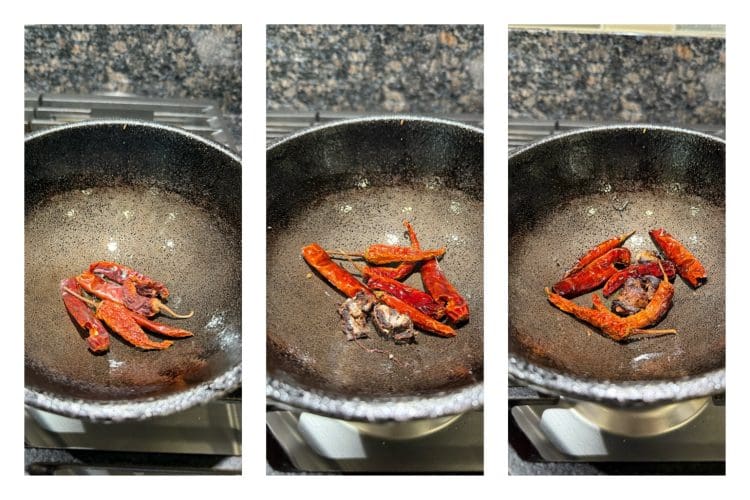
- Fry curry leaves
Add fresh curry leaves to oil.
Sauté until they turn crisp and darker green.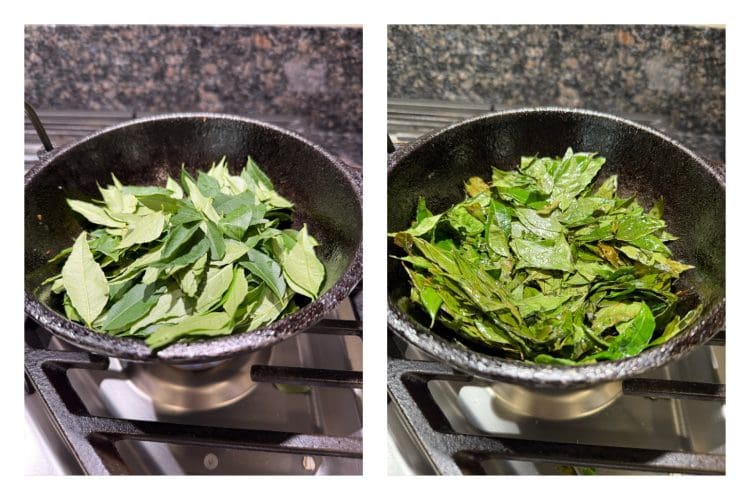
- Grind the spice base
First grind the roasted mustard–fenugreek–coriander–cumin to powder.
Then grind red chilies + tamarind to a smooth spice mix.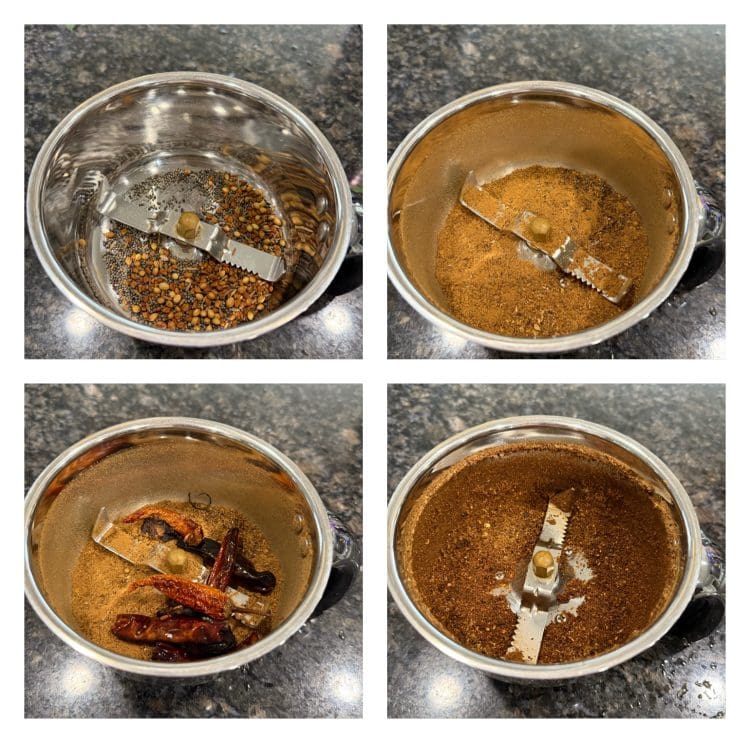
- Grind curry leaves
Add fried curry leaves with salt and a tablespoon oil into the jar. Grind to a coarse green paste.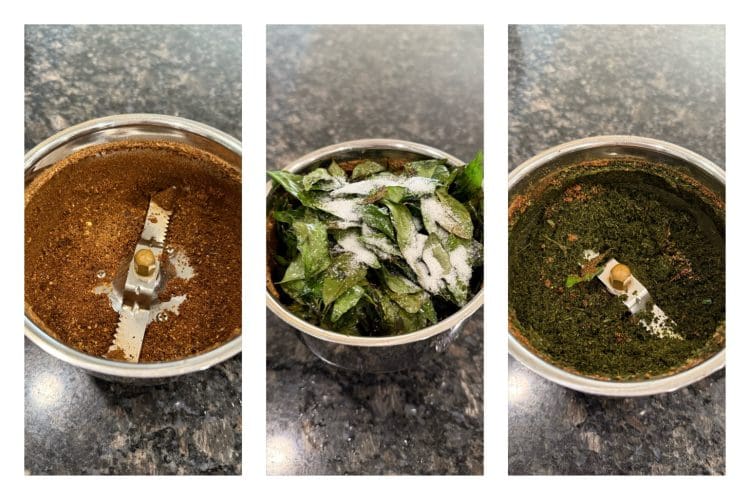
- Temper and Cook Down
Heat gingelly oil, add mustard seeds, urad dal , chana dal and hing. When dals turn golden add crushed garlic cloves and sauté till golden.
Add the ground curry leaf paste. Mix well and cook till the oil separates, forming a glossy, thick pachadi.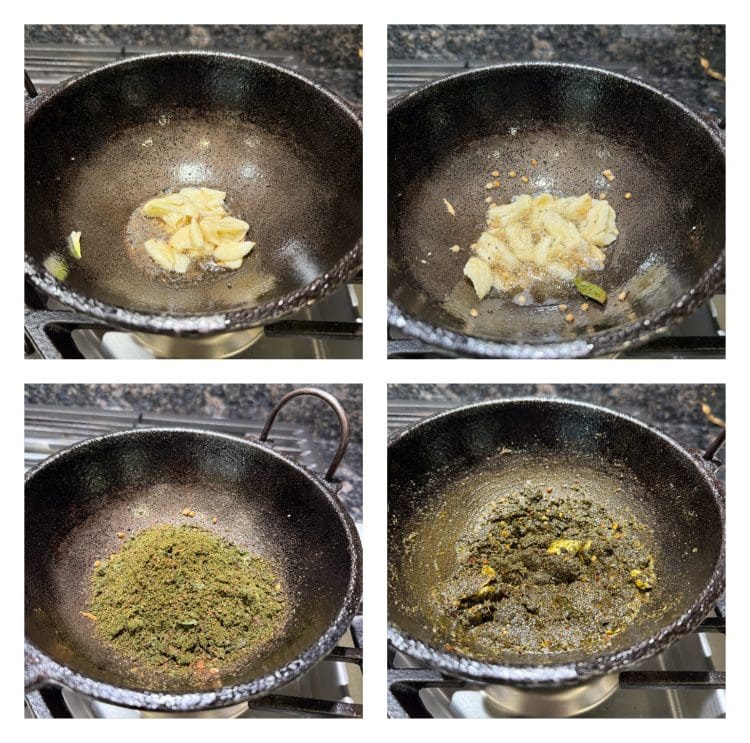
Pro Tips to make tasty Curry Leaves Pickle/ Karuveppilai Thogayal
- Always dry the curry leaves completely before frying; even slight moisture will reduce shelf life.
- Use gingelly (sesame) oil only – it not only gives authentic flavor but also preserves the pachadi longer.
- Roast spices separately – don’t mix everything in one go; each spice has its own roasting time.
- Balance bitterness – if pachadi tastes slightly bitter, add ½ tsp jaggery at the end and cook it down.
- Oil separation is key – pachadi is done only when oil floats on top.
Serving Suggestions
- With steaming hot rice + ghee for a soulful weekday meal.
- As a side to curd rice – the tangy pachadi cuts beautifully through the creamy curd.
- Alongside idli or dosa for a rustic breakfast pairing.
- With chapati or roti – a small spoonful adds bold South Indian flavor.
- As a spread for millet adai or uthappam for a twist on tiffin.
FAQs – Karuveppilai Thogayal/ Curry Leaves pickle
Store in an airtight glass jar refrigerated; it stays good for 2–3 weeks. With extra oil on top, it may last up to a month.
Tamarind balances bitterness and acts as a preservative. If skipping, reduce bitterness with ½ tsp jaggery or a squeeze of lemon, but shelf life will be shorter.
Yes, curry leaves are rich in iron, folic acid, and antioxidants. The pachadi aids digestion, strengthens hair roots, and boosts overall immunity.
Roast curry leaves well, add jaggery if needed, and ensure fenugreek is roasted lightly (over-roasted methi turns very bitter).
Absolutely. It works as a flavorful spread on bread toast or millet rotis, apart from its traditional rice pairing.
Other Pickles & Pachadi
Green Apple Thuvayal, How to make Green Apple Pachadi
Green Apple Thuvayal is a bold and tangy South Indian thogayal that brings together the tartness of green apple, the nuttiness of urad dal, and the creaminess of coconut. Traditionally mixed with hot rice and ghee, this rustic thuvayal is a quick, everyday recipe with a refreshing twist.
Pineapple Sweet Pachadi, How to make Biryani Sweet Pachadi
Pineapple sweet pachadi — glossy, ghee-kissed, and dotted with cashews. This traditional side dish balances the spice of biryani with a touch of fruity sweetness, making it a beloved part of Tamil Nadu and Andhra biryani feasts.
Gongura pachadi recipe, Gongura pickle
yGongura pachadi / Gongura pickle is an authentic and delicious pickle/ thokku/ chutney popularly made…
Instant tomato pickle, Tomato pachadi, Thakkali urugai
Instant tomato pickle/ Tomato pachadi/ Tomato achar is a bright red colored spicy and flavorful…
Prawn pickle recipe, Shrimp pickle, Homemade prawn pickle recipe
Prawn pickle/ Shrimp pickle is a spicy, little tangy and flavorful pickle that takes just…
Instant Brinjal pickle recipe, Pickle recipes, Instant recipes (with video)
Brinjal pickle is instant recipe prepared by pickling fried brinjal cubes. Though this pickle is…
